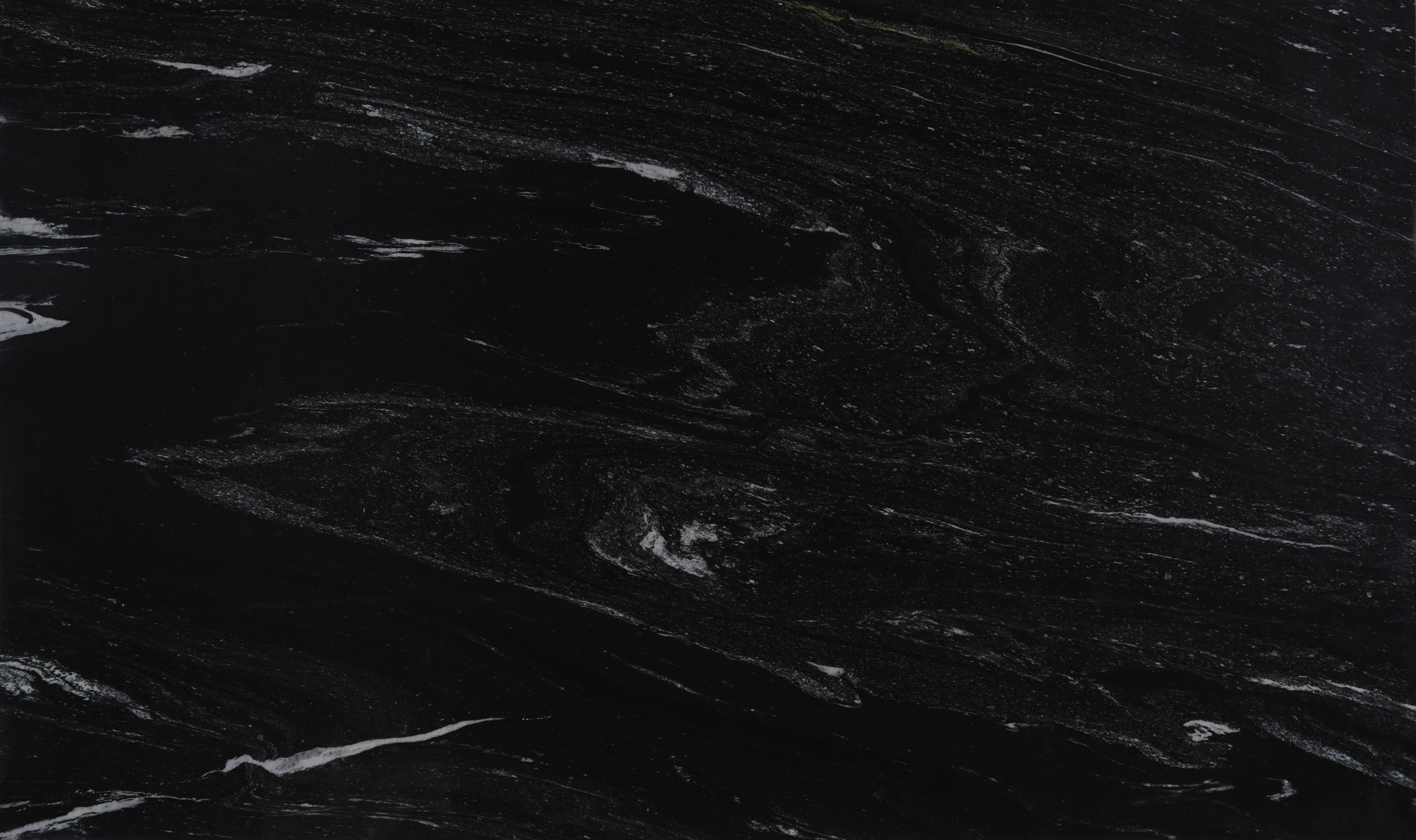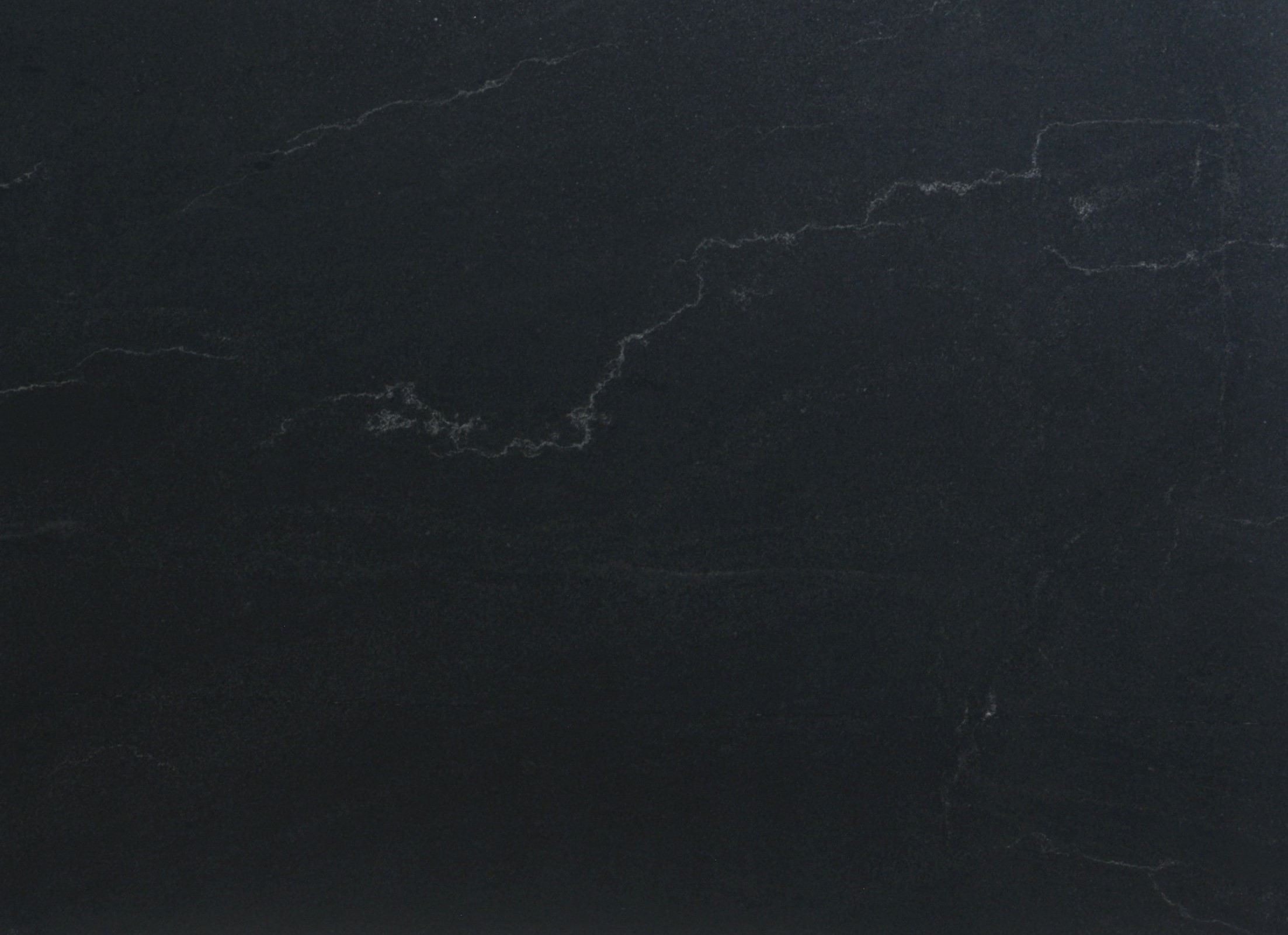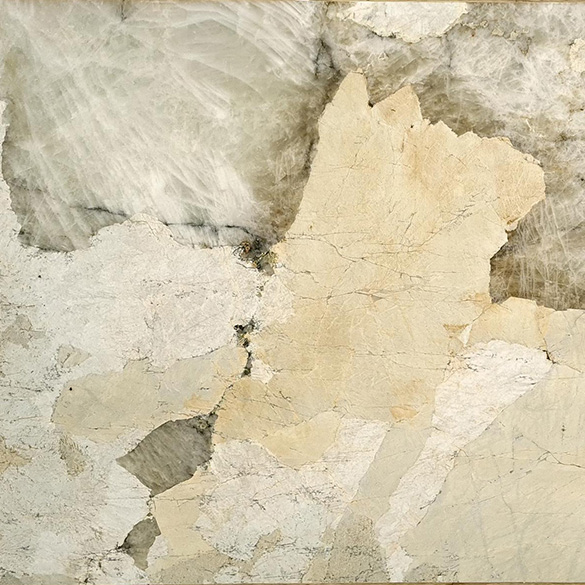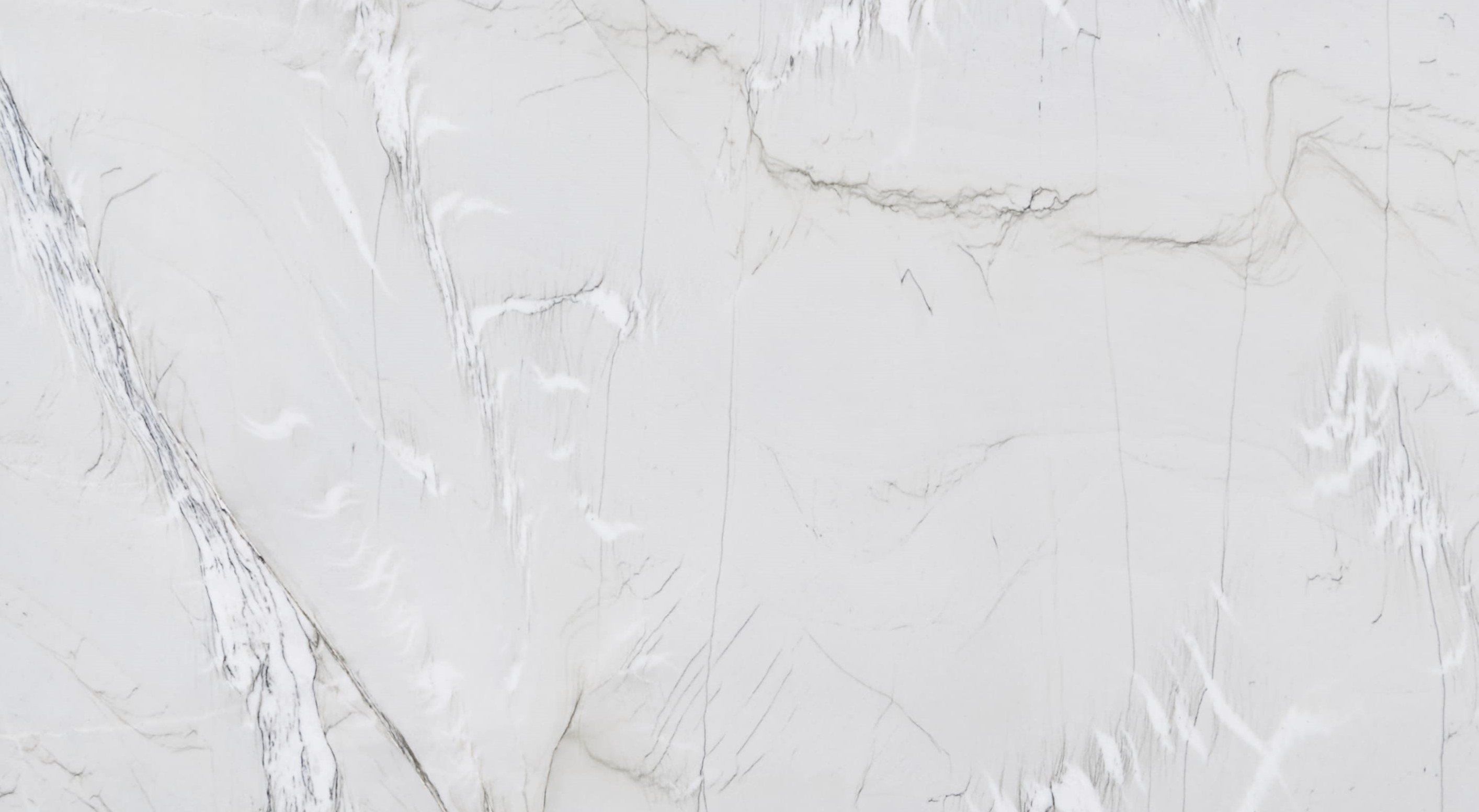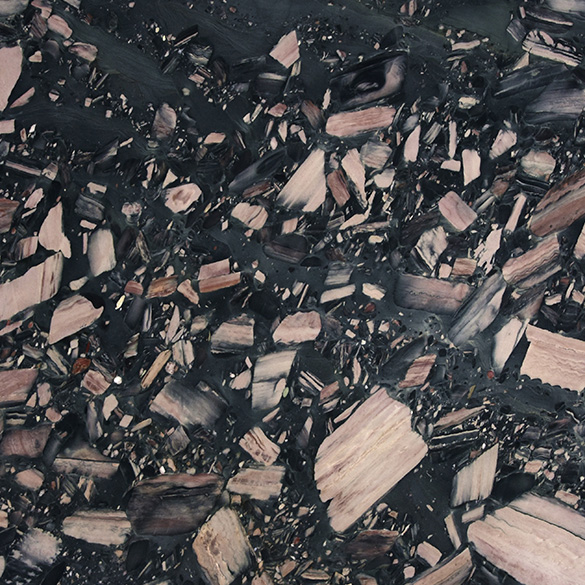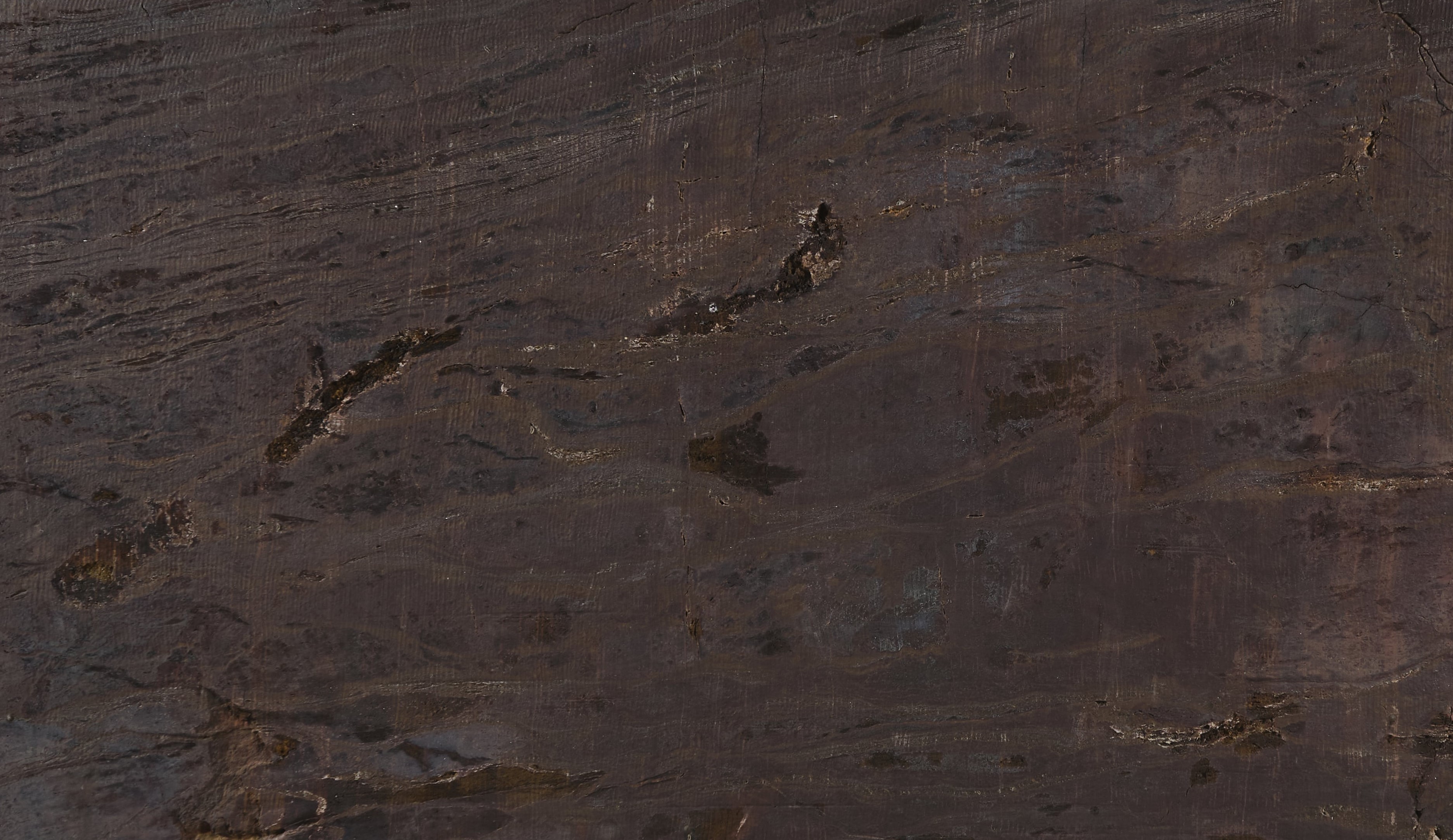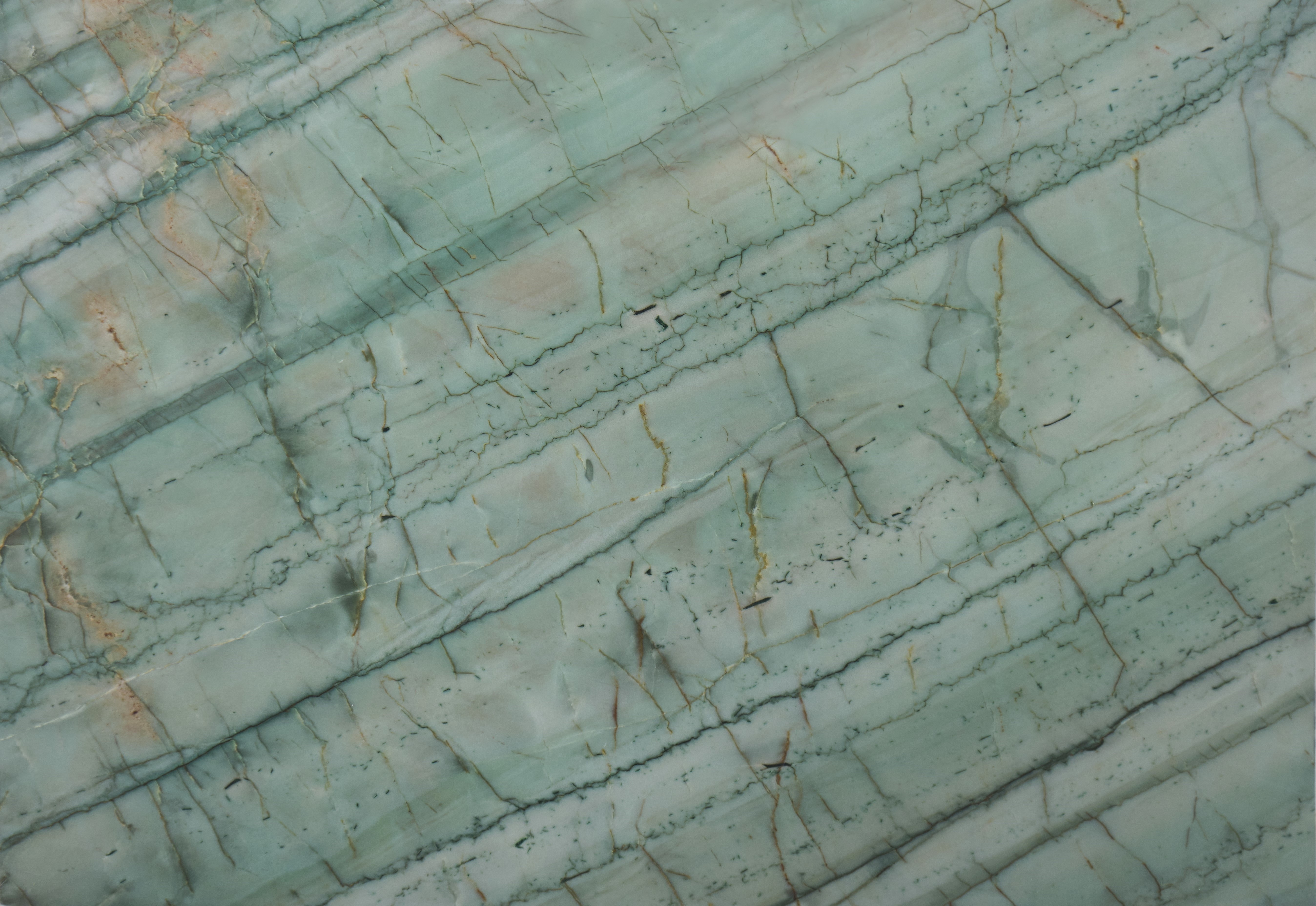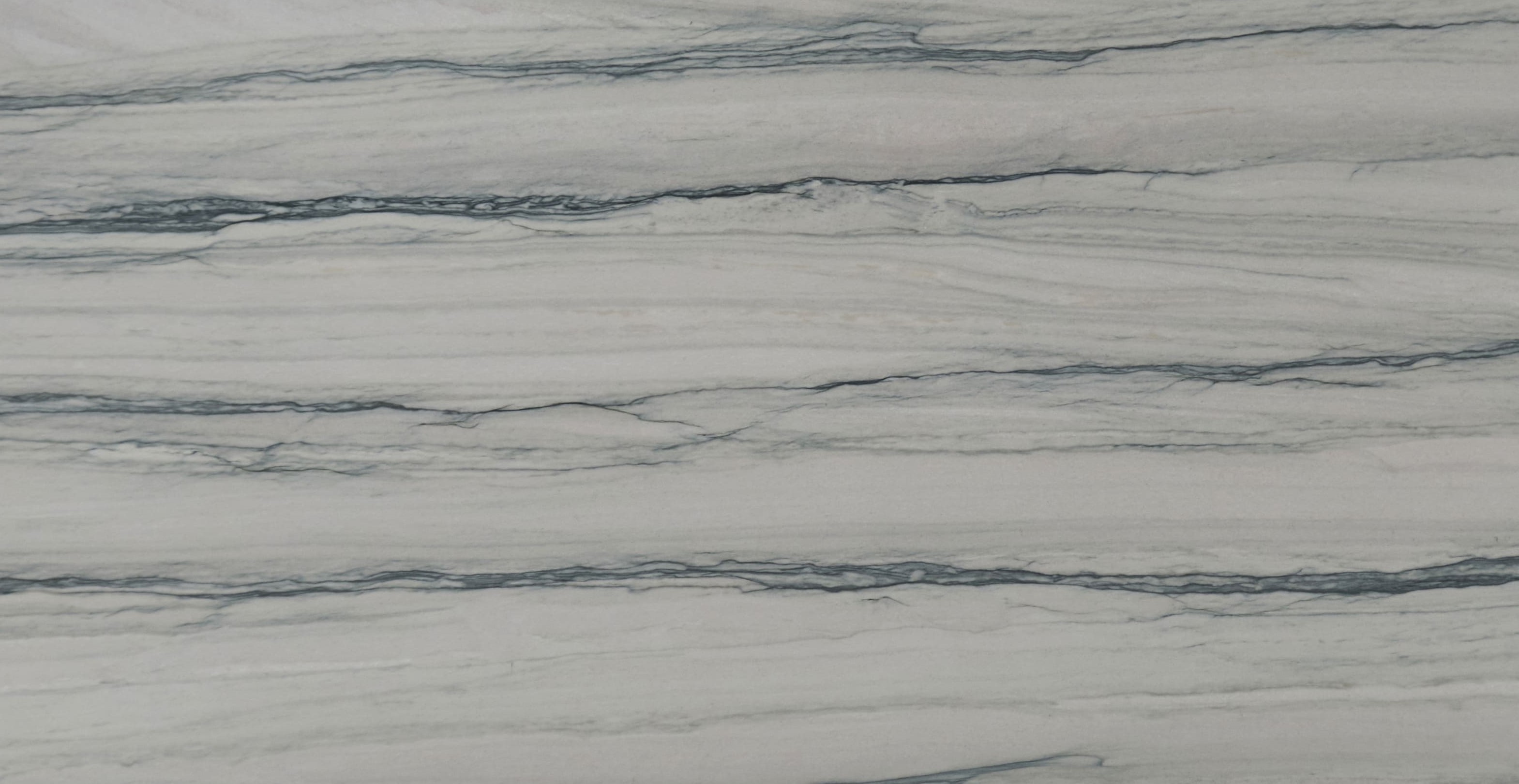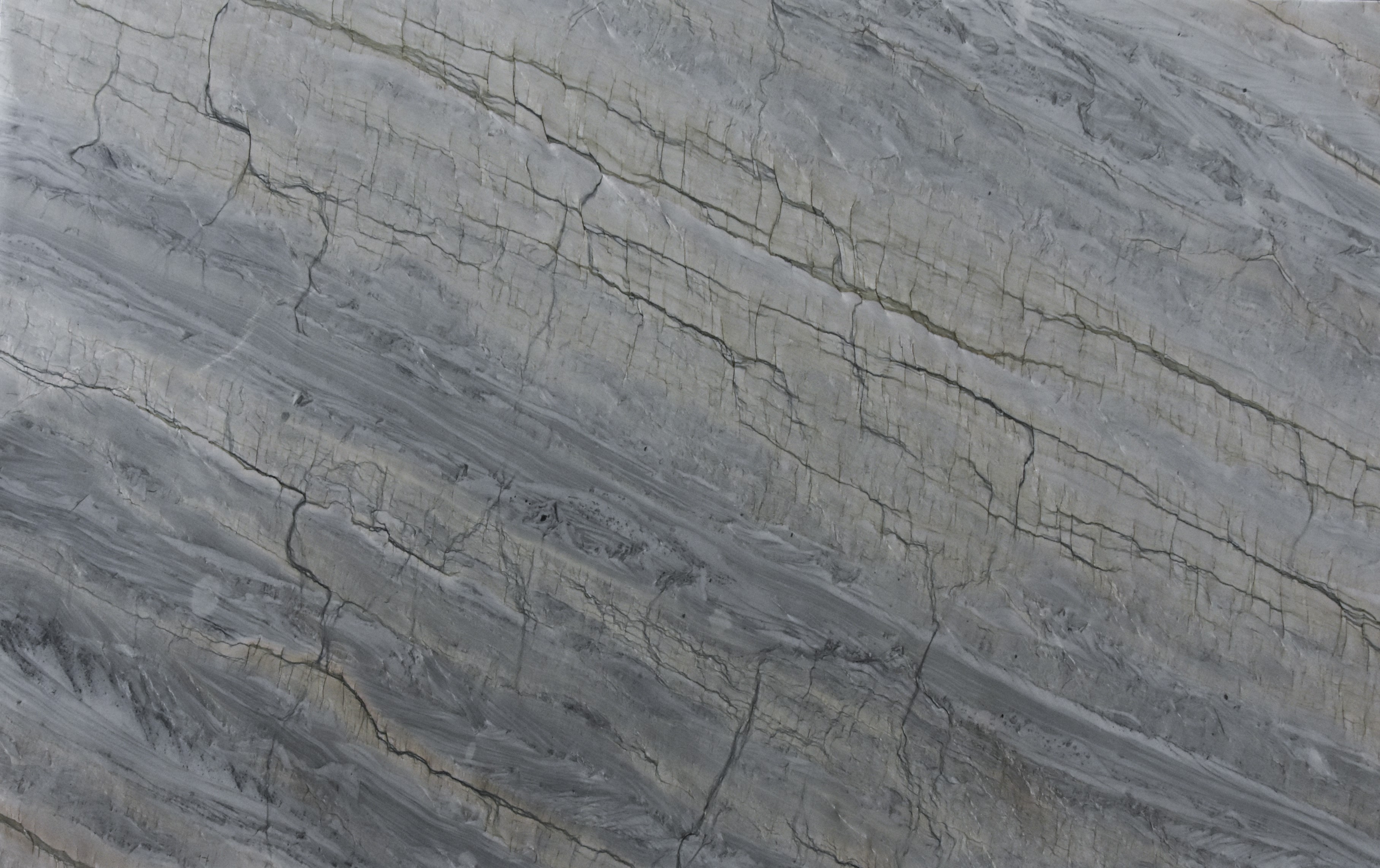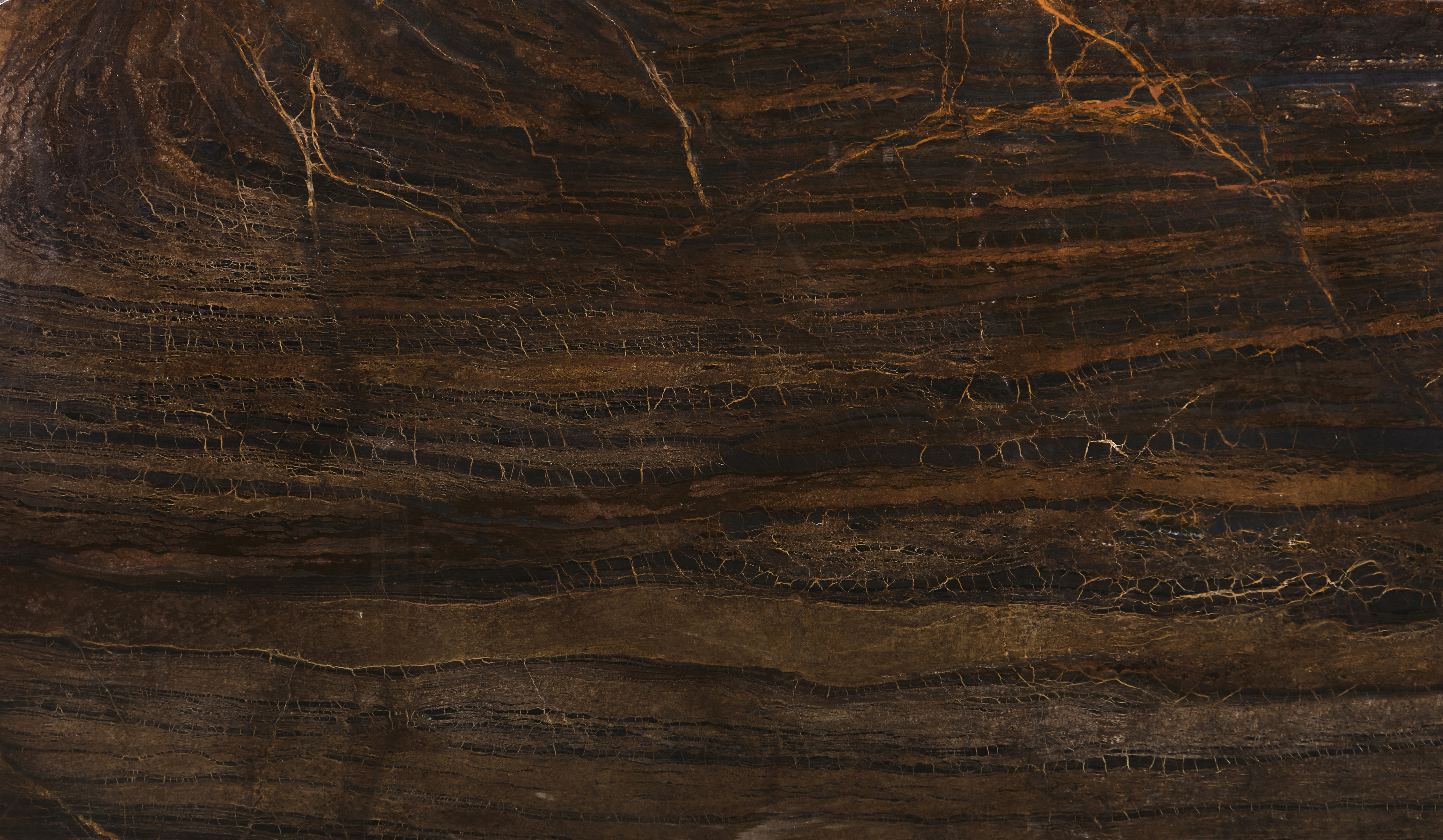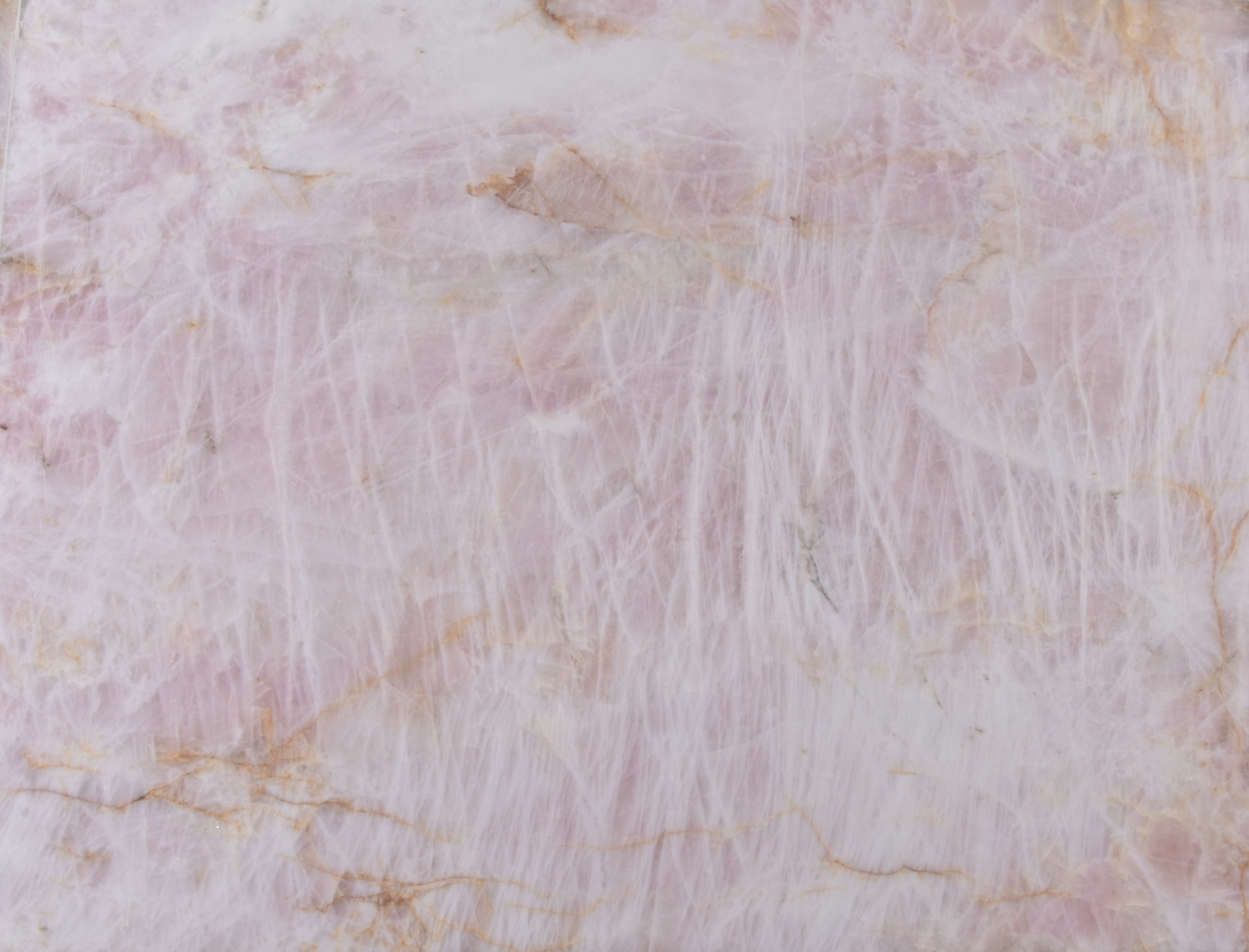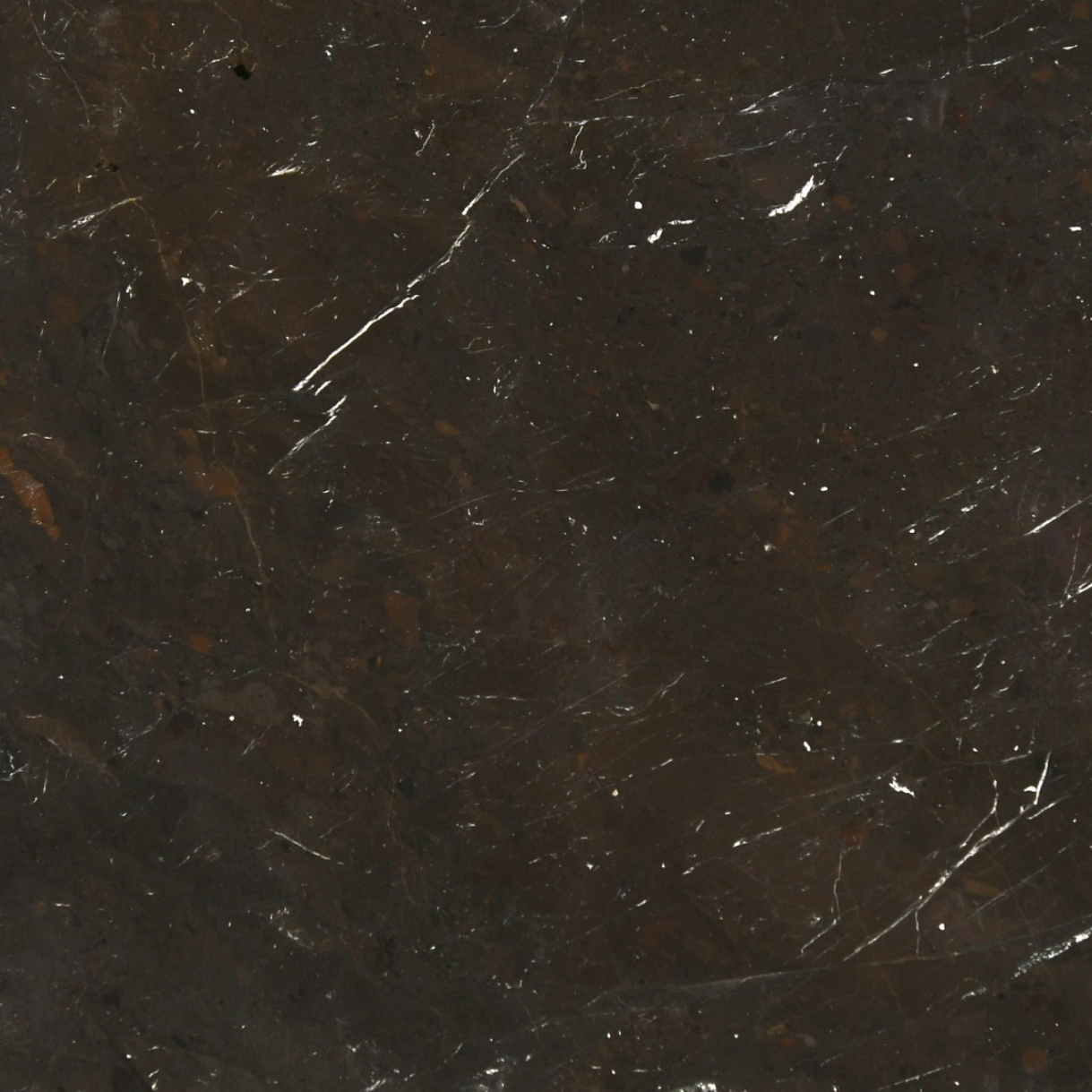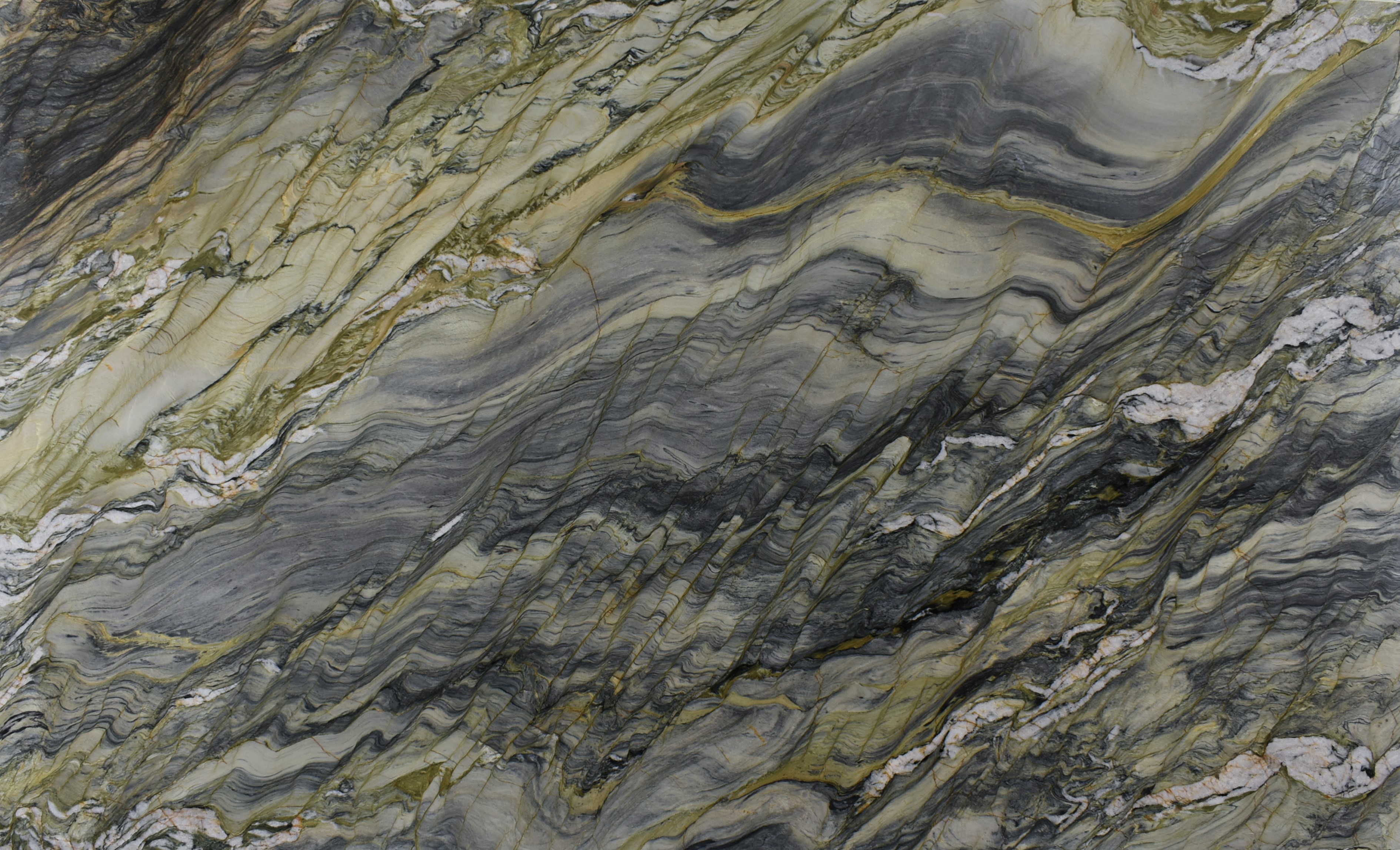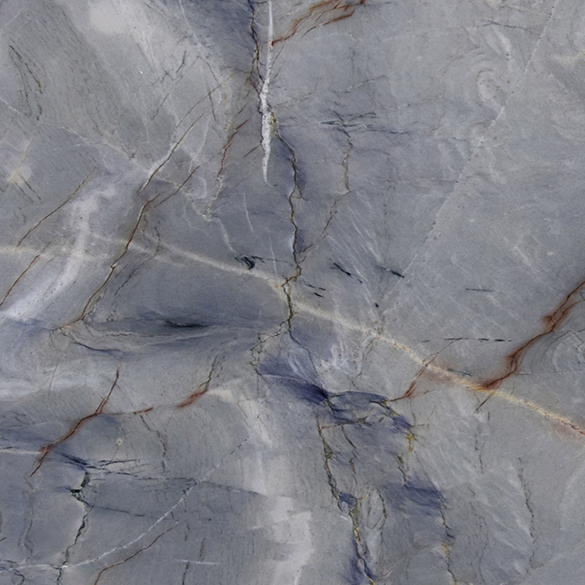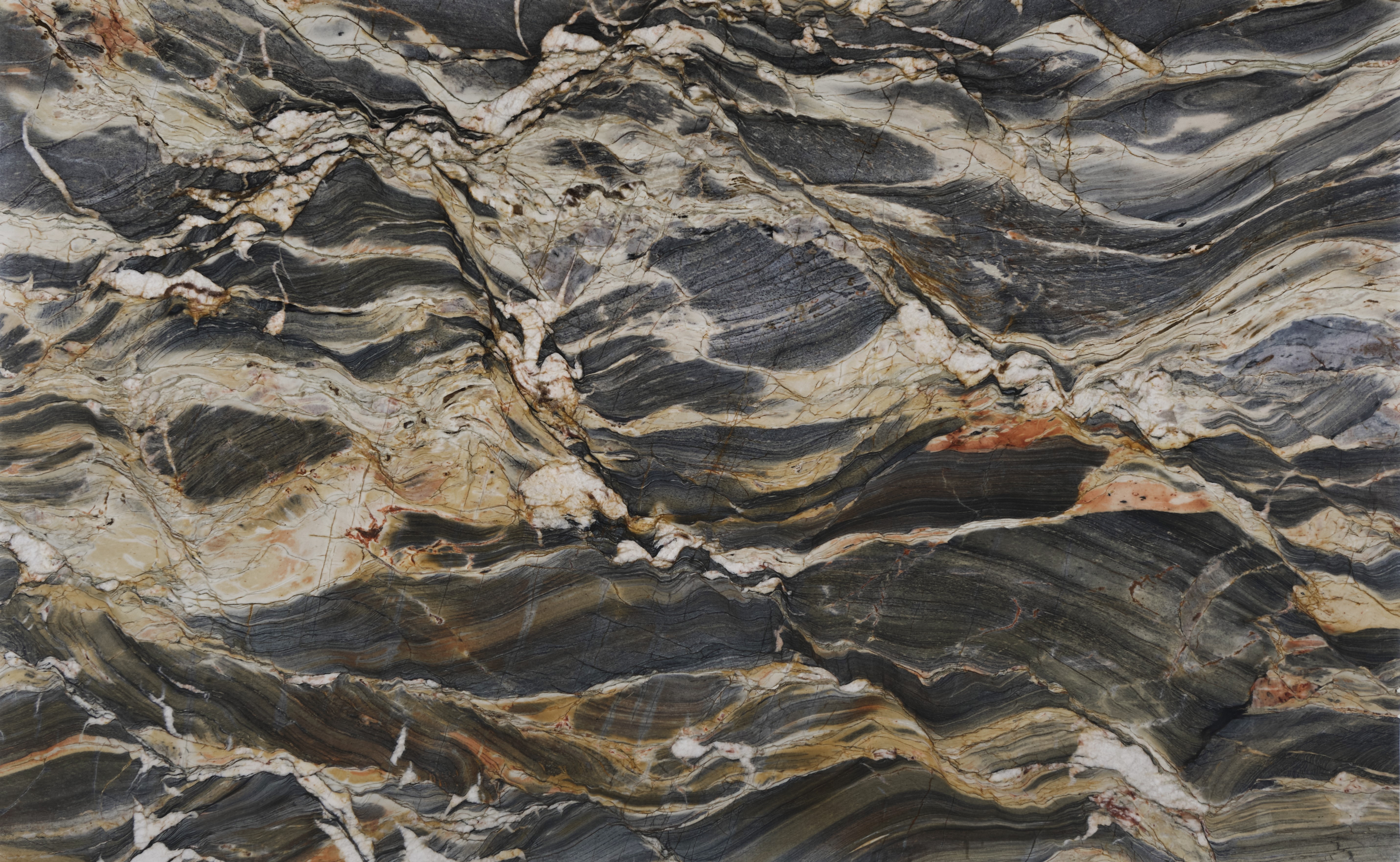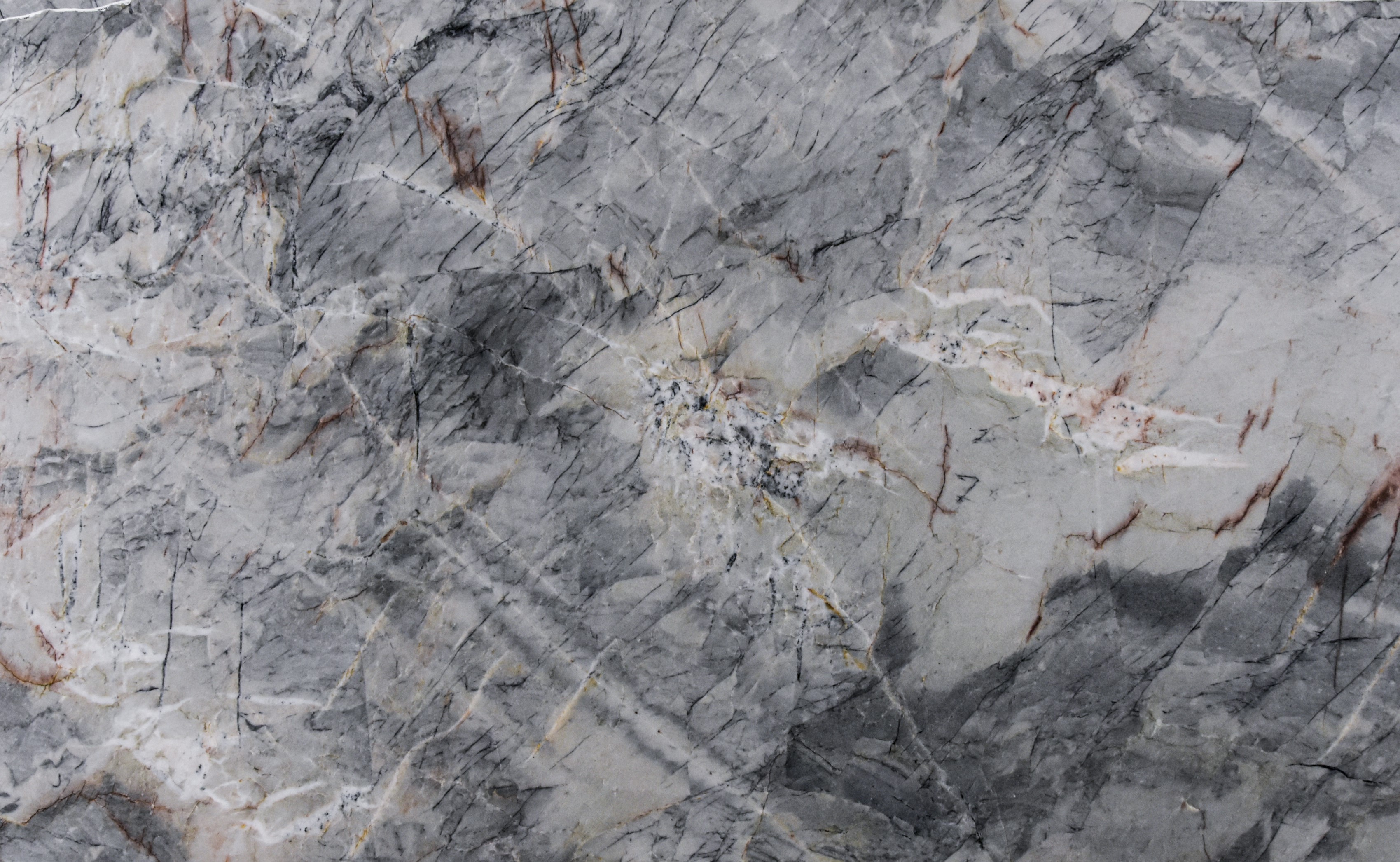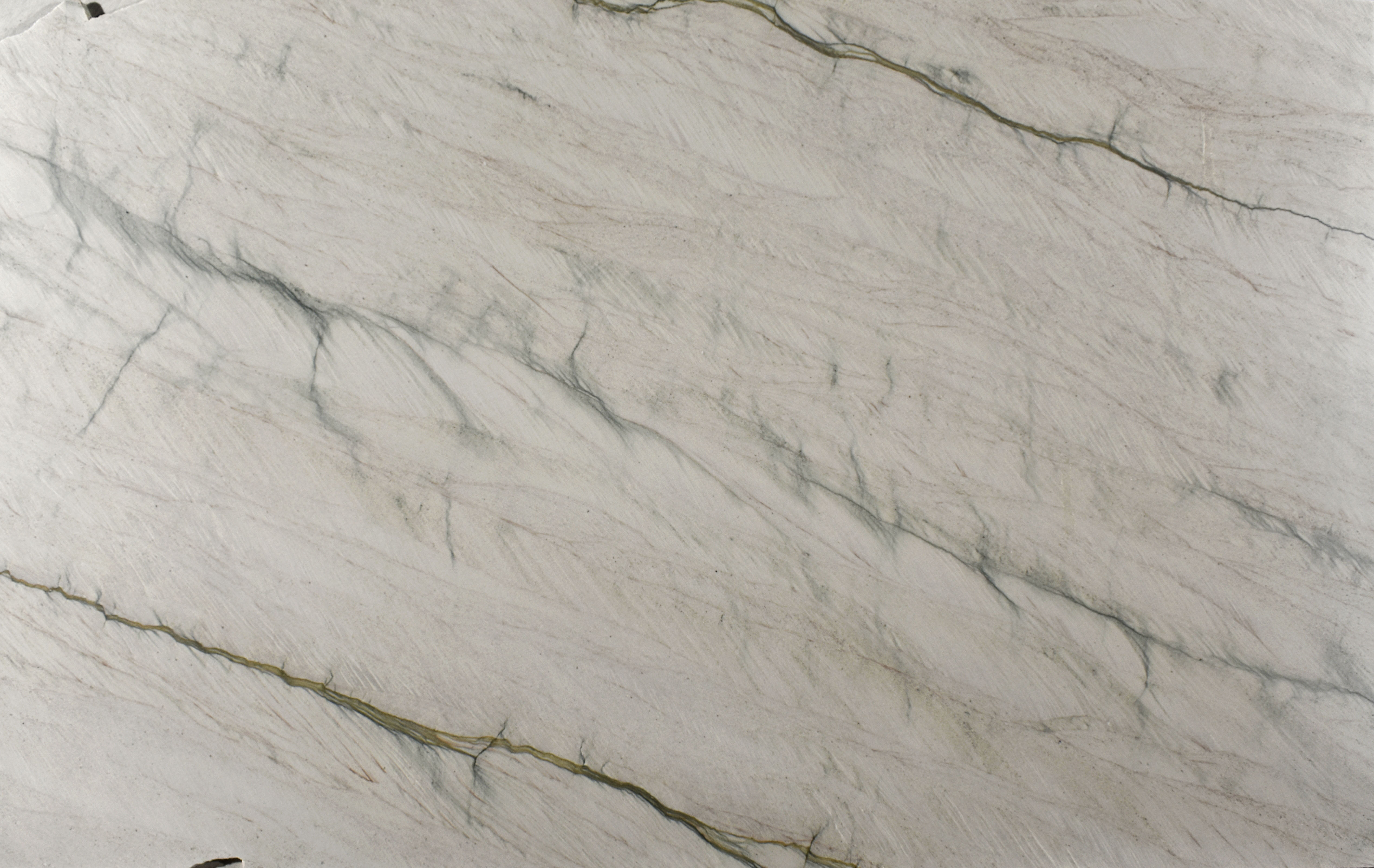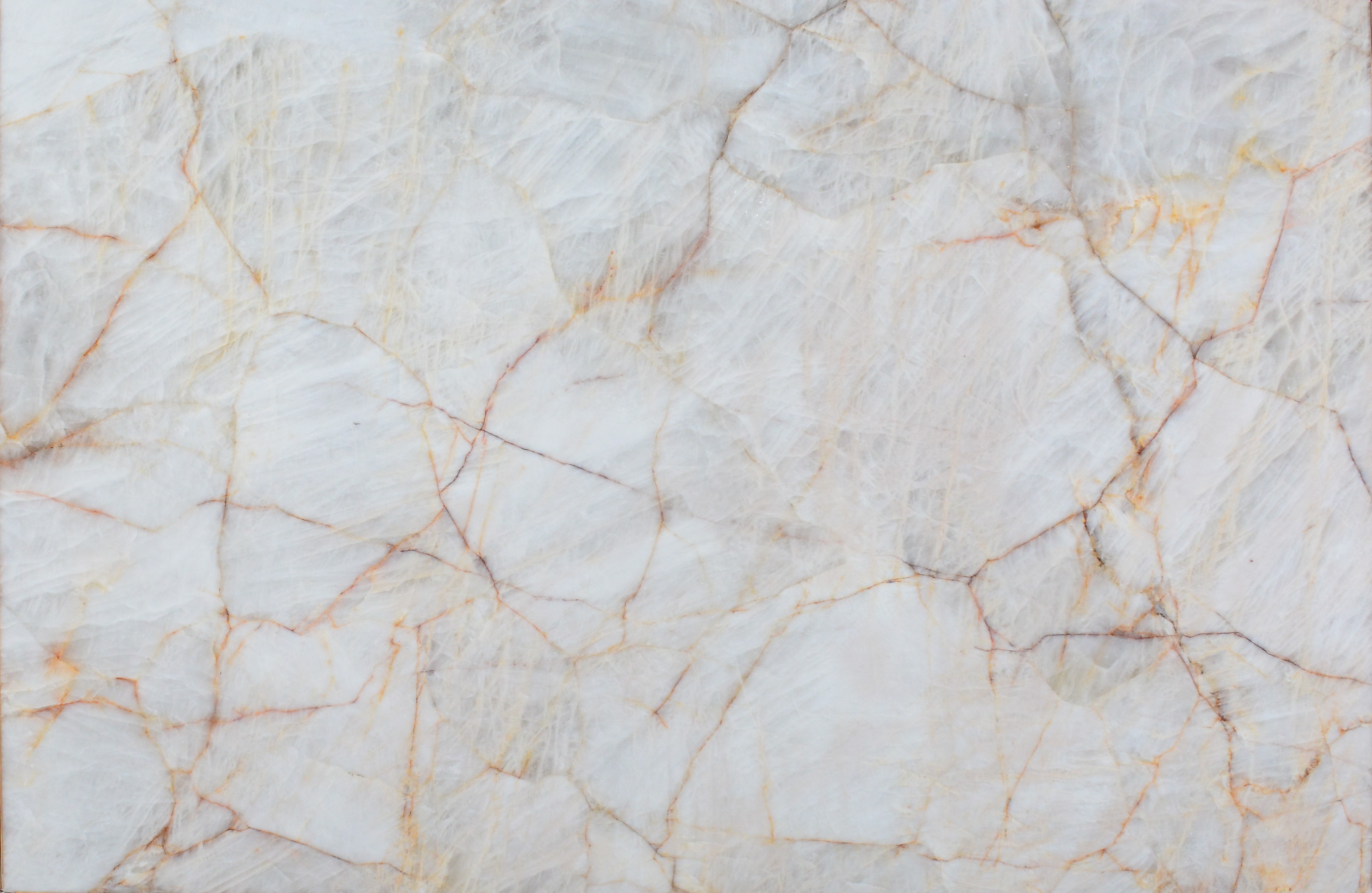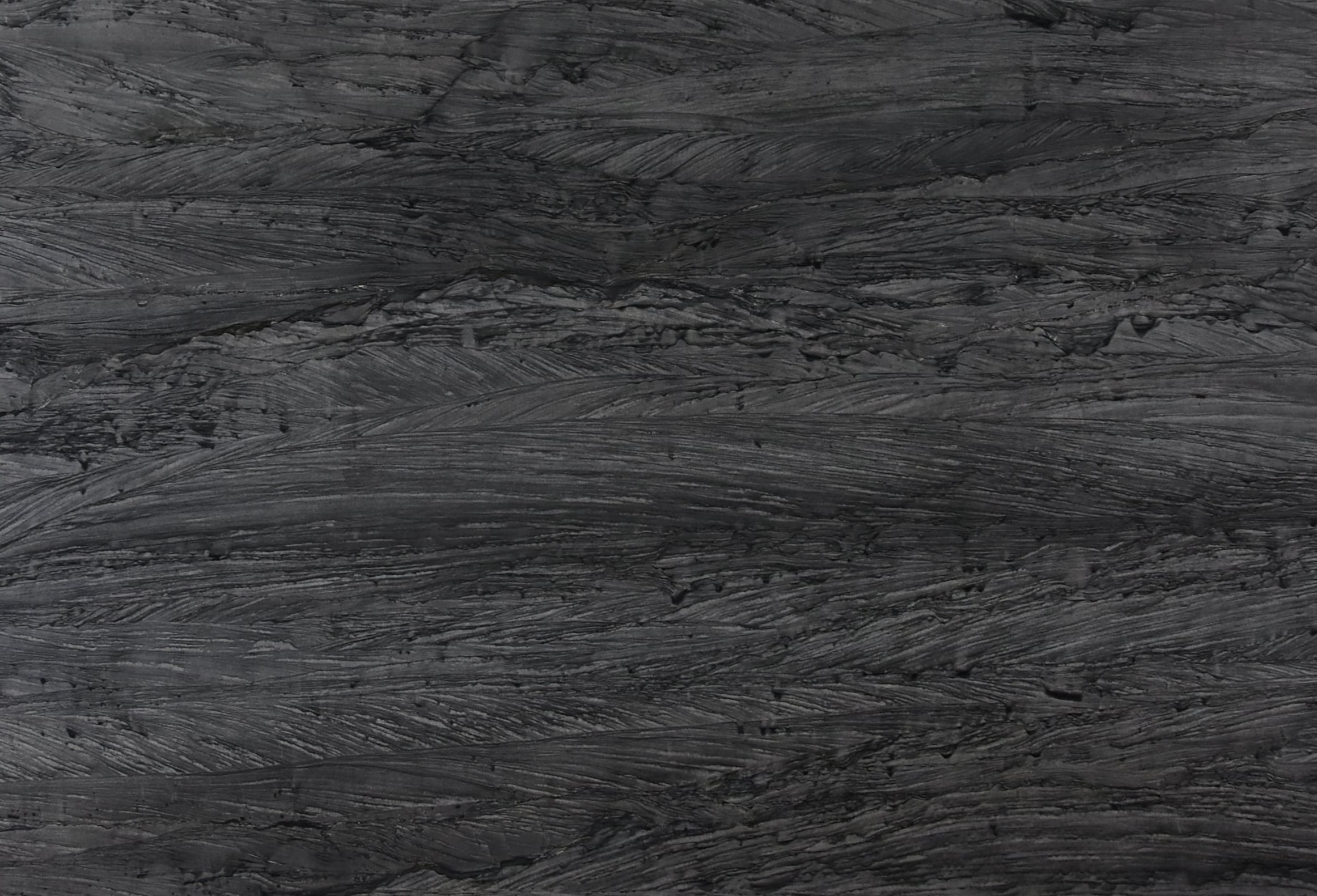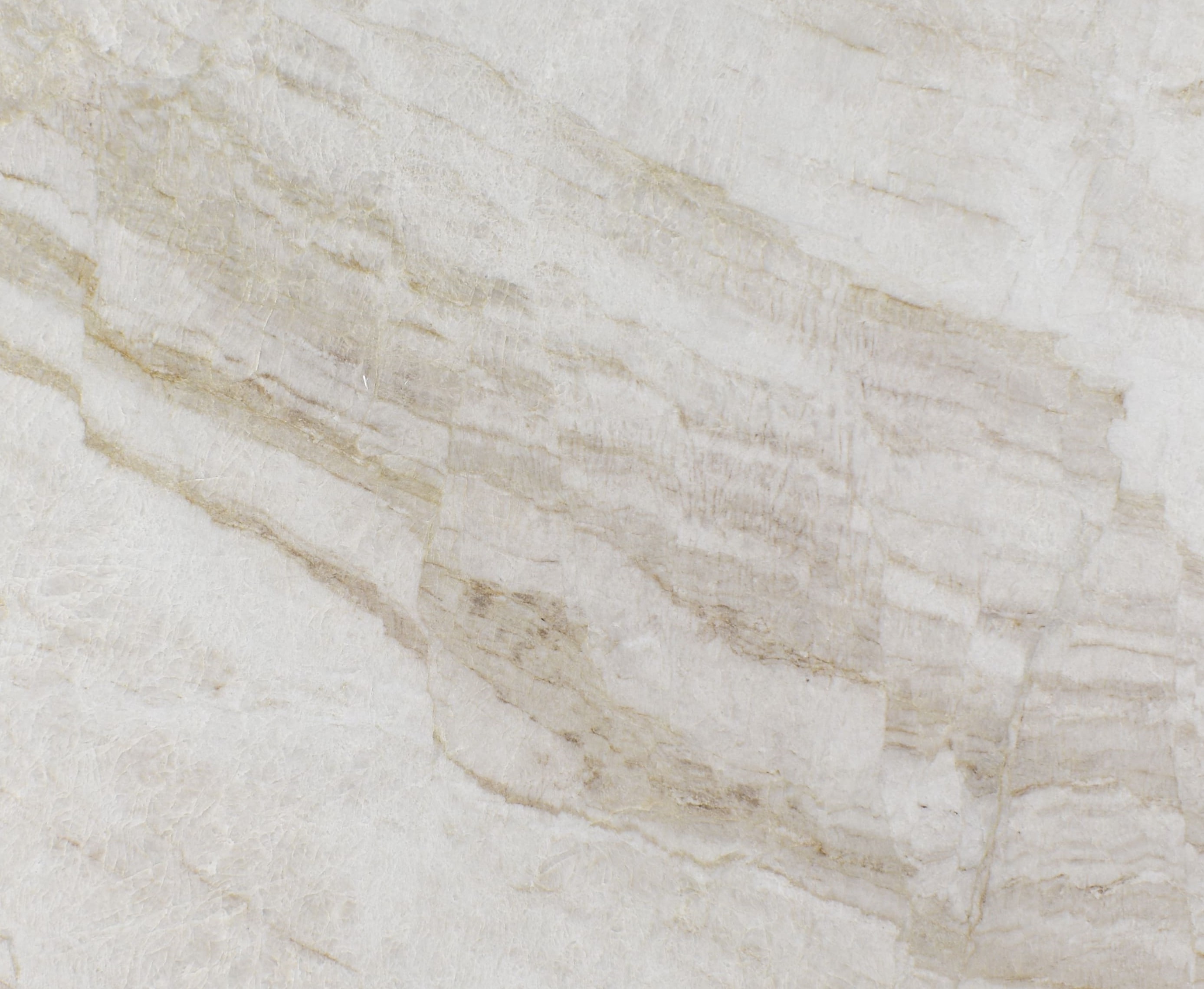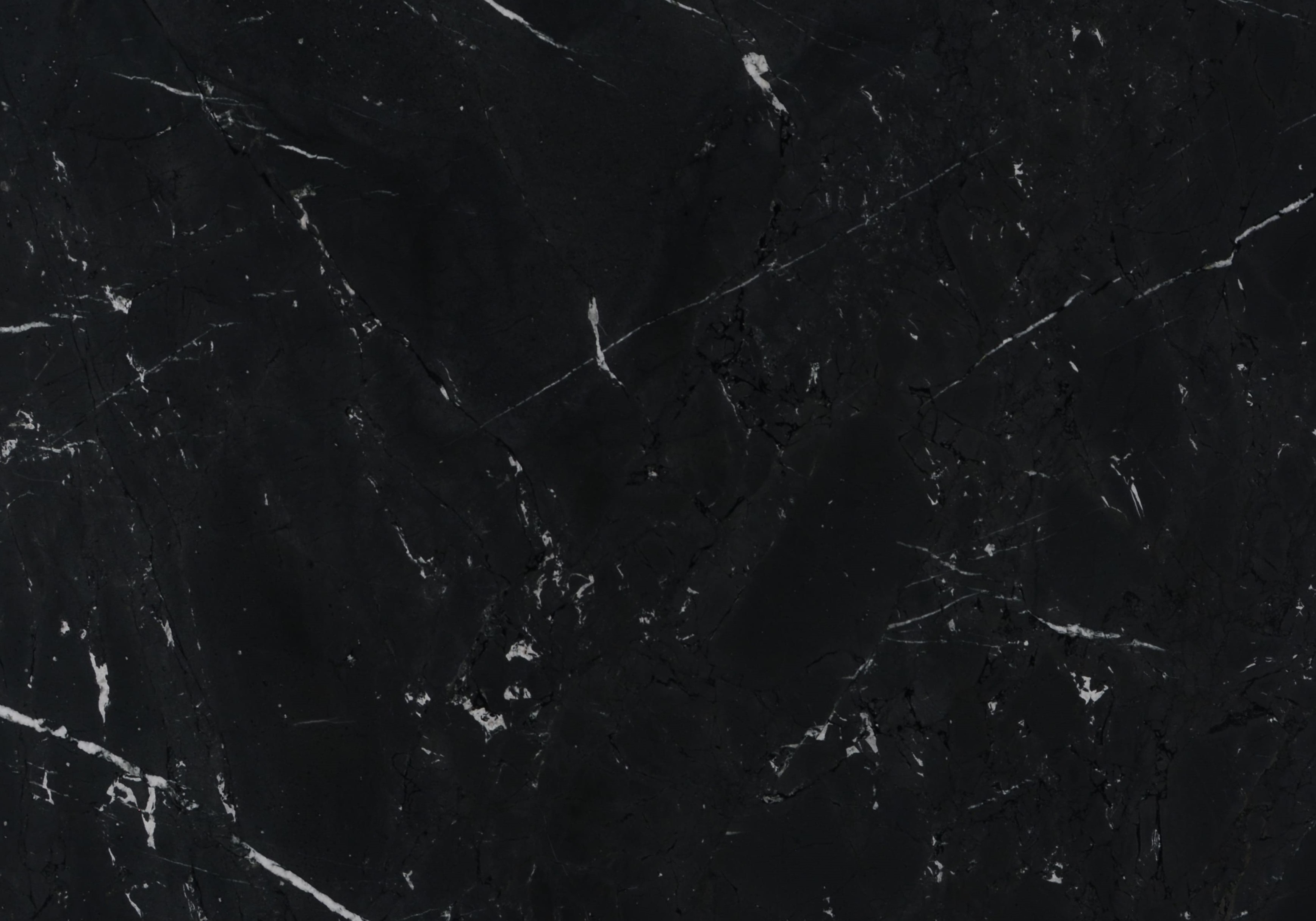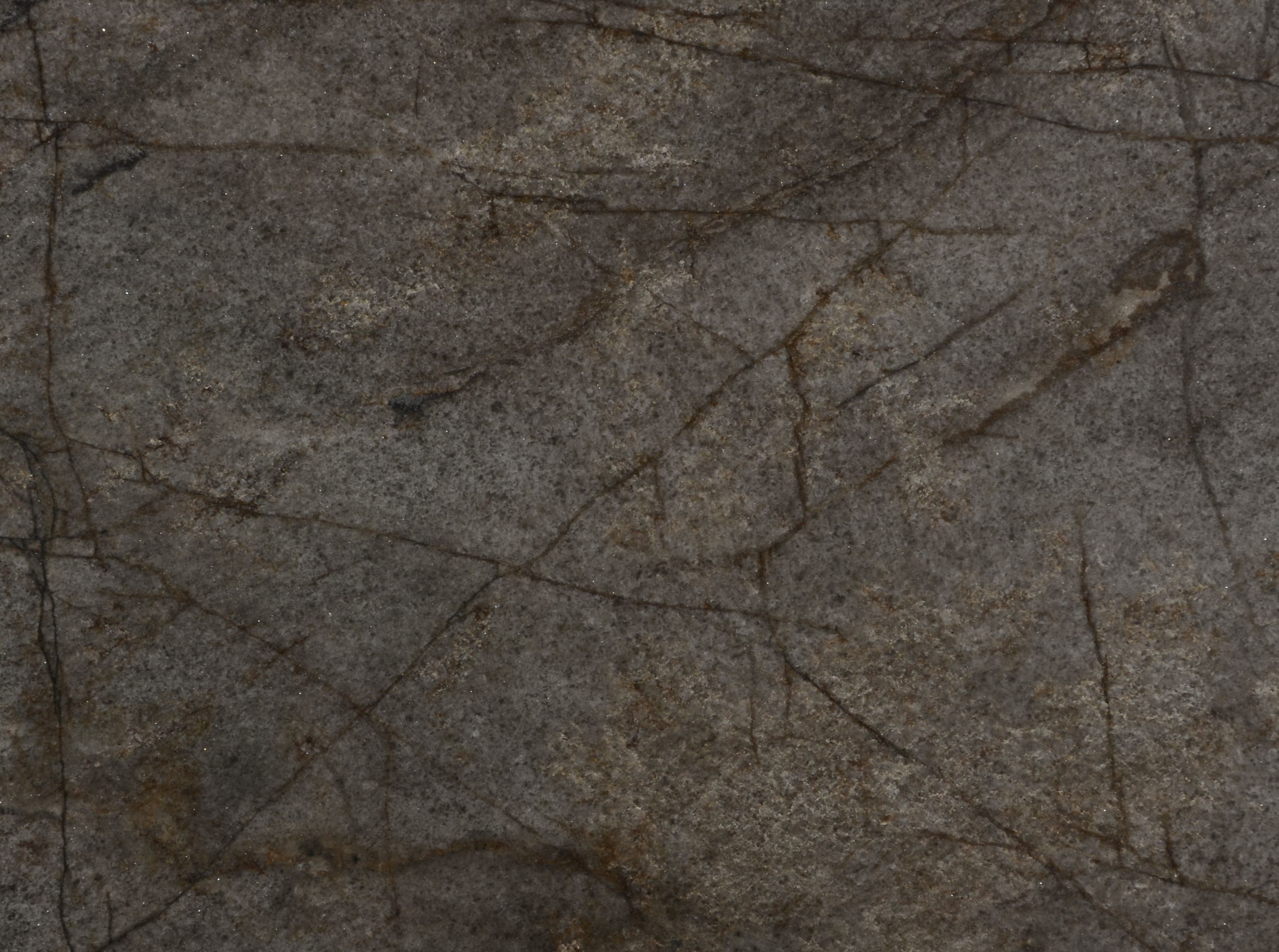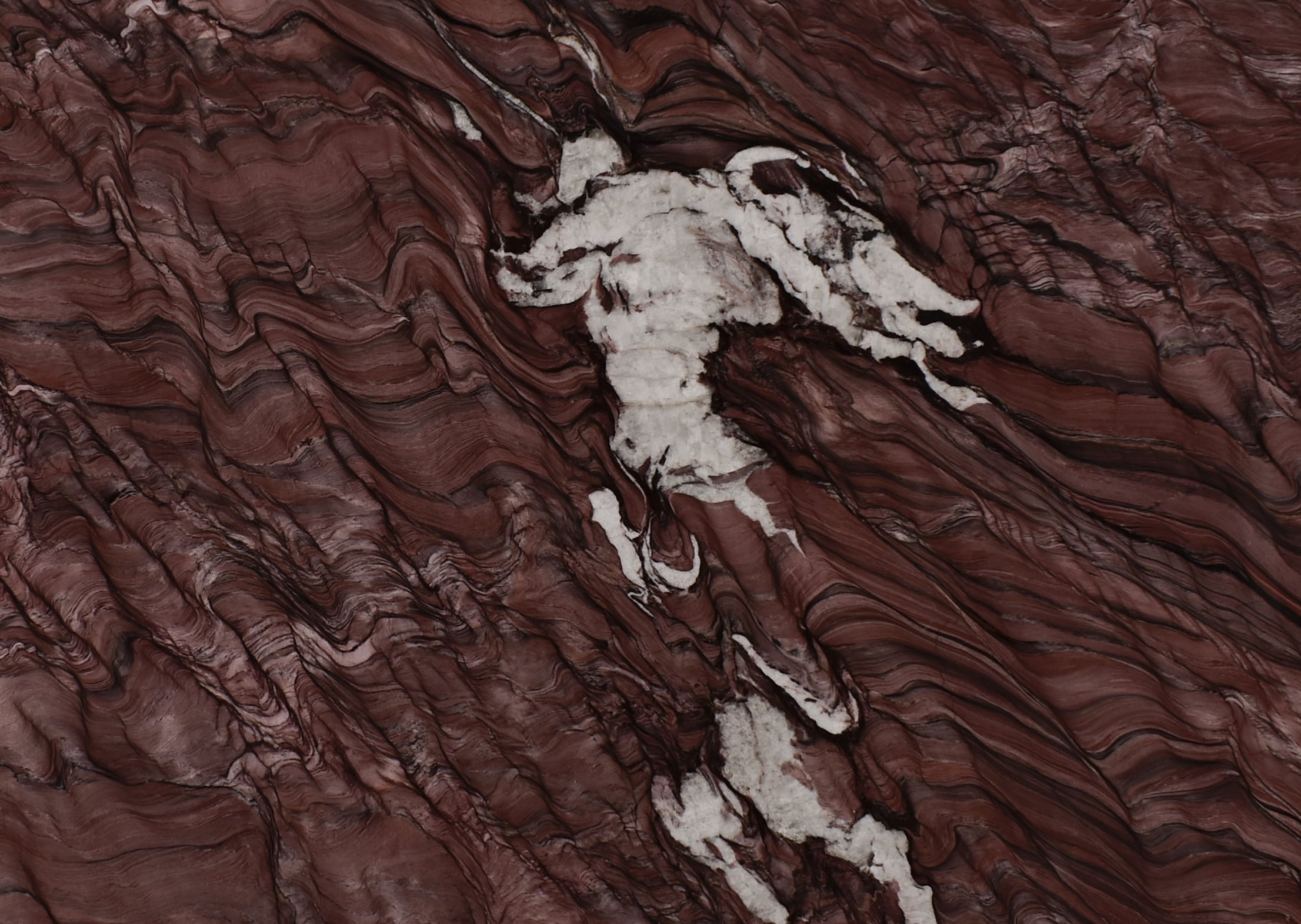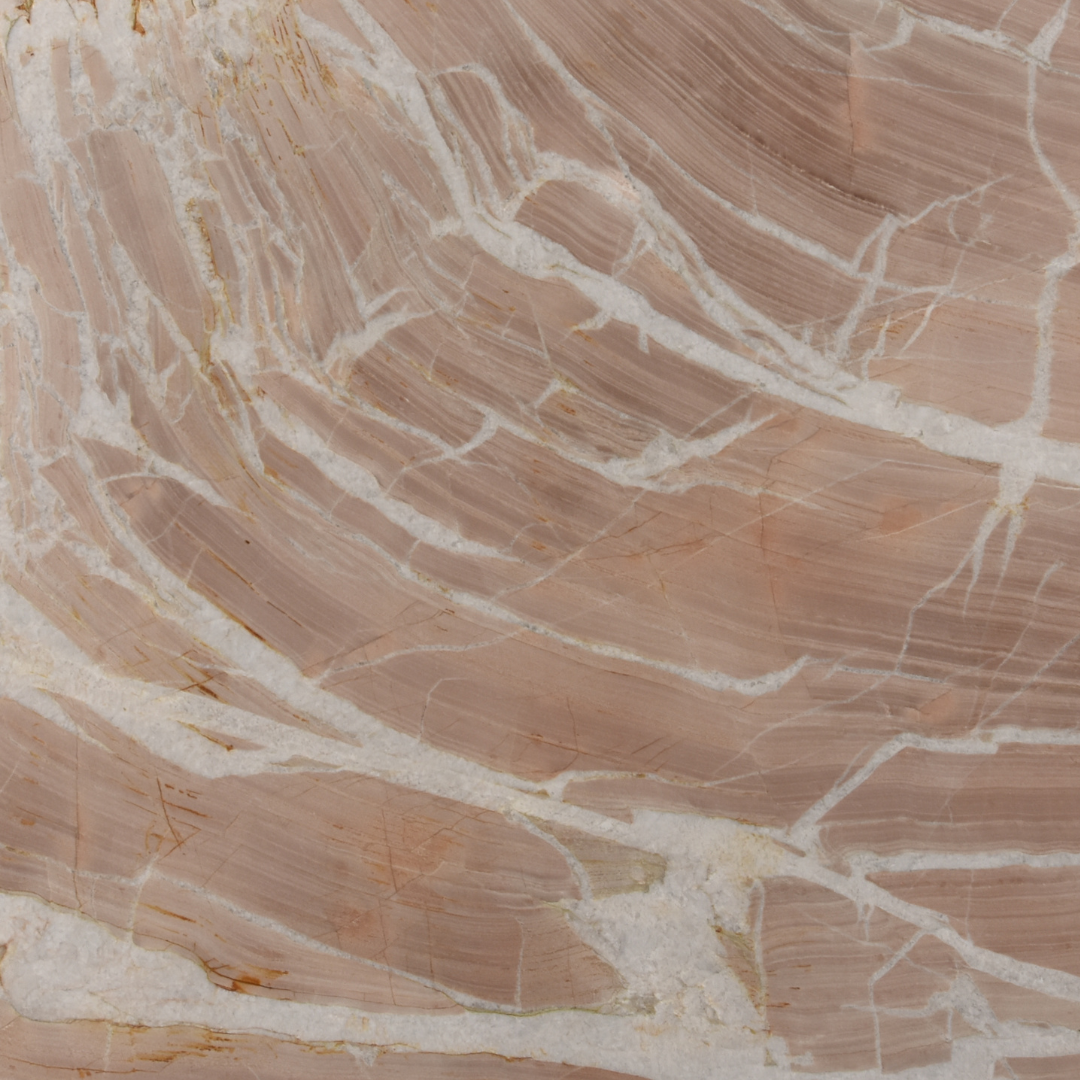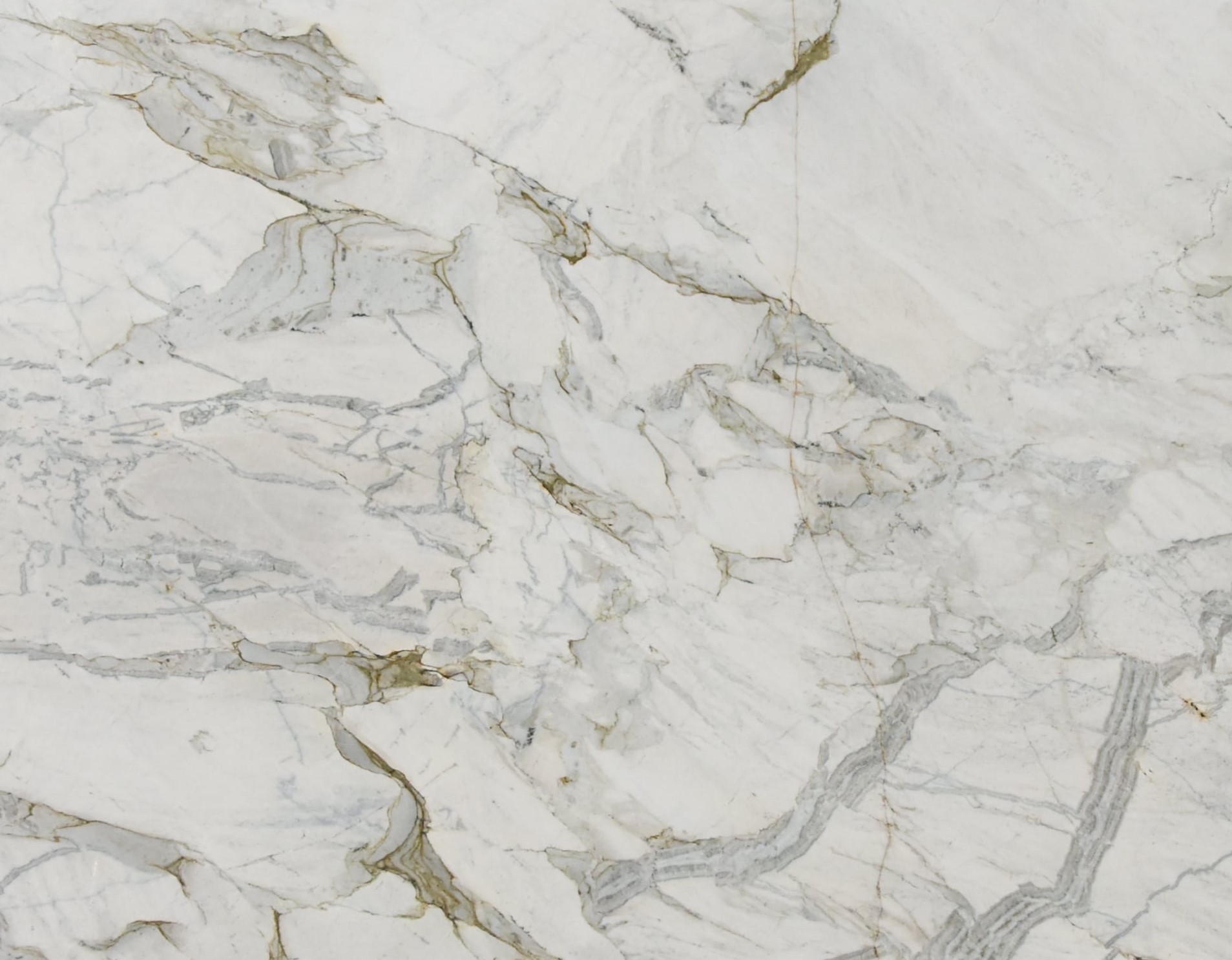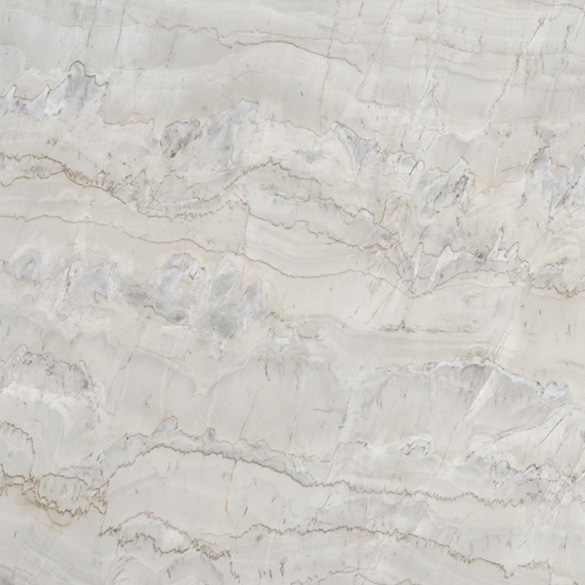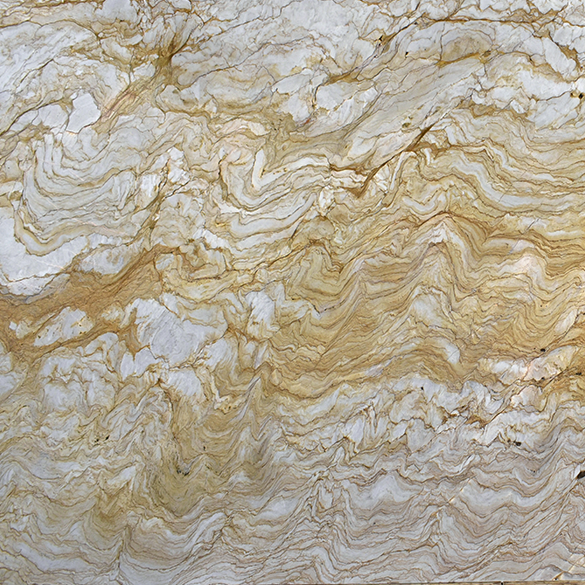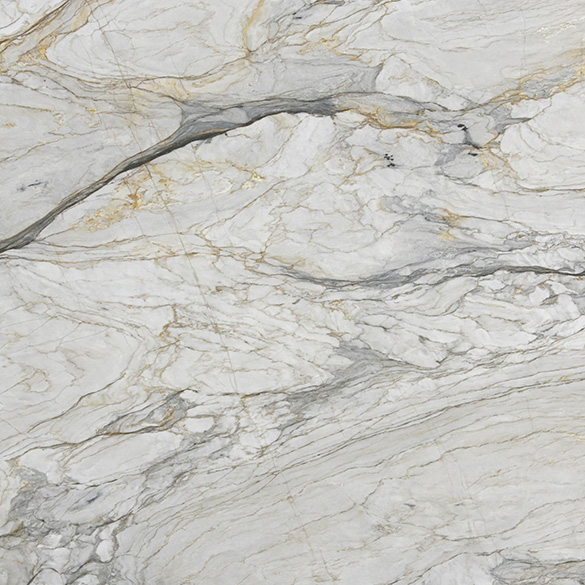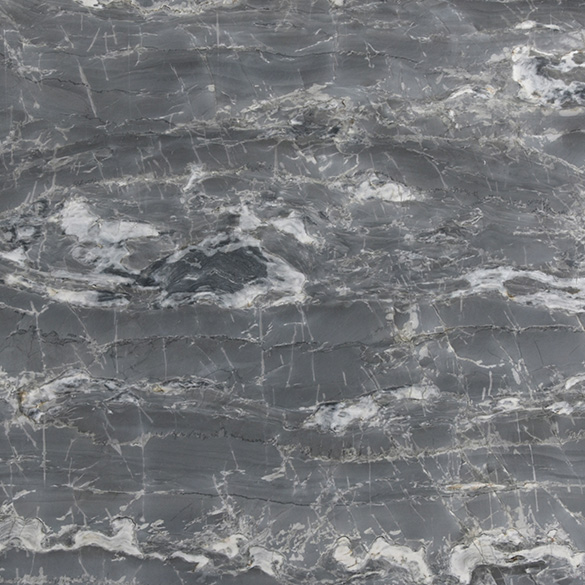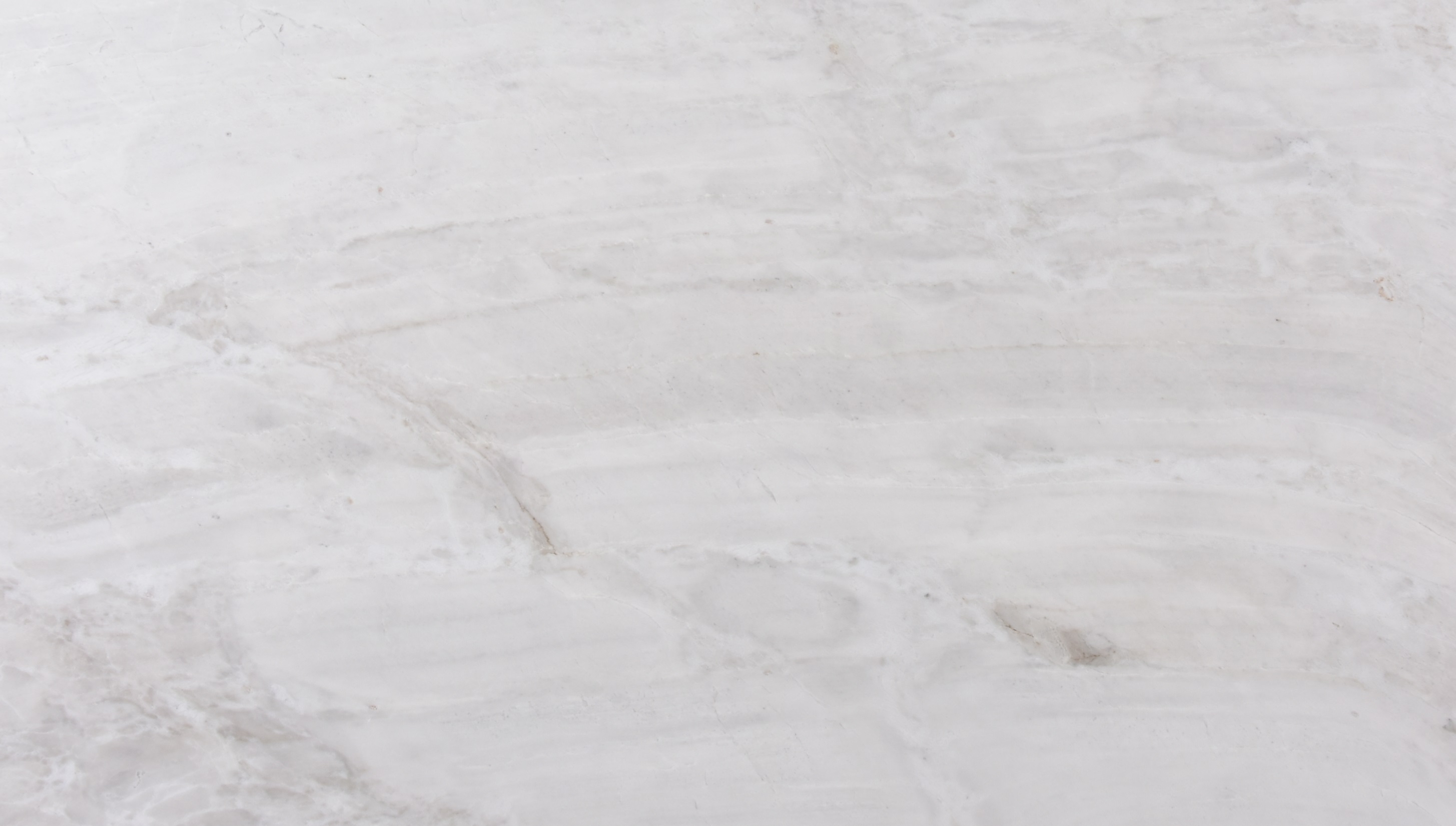
Modern Architecture: what it is, how it emerged and main characteristics
Modern architecture is not just an architectural style but a philosophy that inspires solutions that respect the essence of human beings and the environment.
For architects and designers, understanding modern architecture is essential for buildings to enhance the human experience in these environments.
Learn more about what modern architecture is, the importance of modernism in architecture, and how to apply the style in various project environments!
What is modern architecture?
Modern architecture is a movement that emerged in the early 20th century, seeking a new aesthetic language, breaking with past traditions.
Its fundamental principle is the idea that "form follows function", meaning that each element must have a clear purpose for practical spaces.
The modernist aesthetic is characterized by clean lines and simple forms, seeking minimalism. Projects often feature a neutral color palette, helping to create a balanced environment where natural light is important.
History of modern architecture
The history of modern architecture began in the late 19th century. Modern architecture developed reflecting social, economic, and technological changes from the Industrial Revolution. In short, this movement seeks to break with previous traditions, such as Baroque and Gothic architecture.
Emerging during the Modern Age, an important milestone in modern architecture was the Bauhaus School, founded in Germany in 1919 by Walter Gropius. This school promoted the integration of art and industry, advocating that design should be accessible and functional.
Thus, the principles of Bauhaus influenced not only architecture but also interior design, furniture, and even typography, emphasizing the importance of design in everyday life.
In Brazil, modern architecture gained strength starting in the 1930s, with iconic names like Oscar Niemeyer, Lúcio Costa, and Affonso Eduardo Reidy. Get to know some of the key figures in modernist architecture:
- Lúcio Costa was responsible for the planning of Brasília, designing the city as a symbol of modernism, with pure forms and integration with nature.
- Oscar Niemeyer, famous for his innovative curves, brought unique expressiveness to architecture through works like the National Congress and the Cathedral of Brasília.
- Affonso Eduardo Reidy contributed to the modernization of urban landscaping in Brazil with projects like the Museum of Modern Art in Rio de Janeiro.
In Europe and the United States, another notable architect was Le Corbusier, who advocated for housing as a machine to live in. Additionally, Mies van der Rohe, known for his motto "less is more", reflected the quest for simplicity and purity.
Thus, modern architecture evolved, incorporating new technologies to respond to the challenges of sustainability.
Characteristics of modern architecture
Modern architecture is characterized by a functional approach, new materials, simple forms, and minimalist aesthetics.
Le Corbusier, one of the main architects of the modernist movement, formulated the "Five Points of Modern Architecture", which synthesize his ideas. Below, discover some of the key elements of modernism in architecture.
1. Free facade
The free facade is a principle that allows freedom in facade design, regardless of the building's internal structure. This means that external walls can be designed without the need for partitions and with maximum opening.
2. Ribbon windows
Ribbon windows are long horizontal windows that extend along the walls of the building. This feature aims to provide more natural light in the interior spaces and a uniform aesthetic.
3. Pilotis
Pilotis are pillars that elevate the building off the ground, freeing up the space below. This elevation not only provides an open area to create a sense of lightness but also improves ventilation and natural lighting.
4. Roof garden
The roof garden brings green space to the building's rooftops, replacing traditional roofs. This landscaping helps compensate for the lack of green areas in urban environments, promoting a stronger connection with nature.
5. Free plan
The free plan is a concept that allows for the integration of internal spaces, without the limitations of walls. This provides freedom in organizing environments, allowing them to be adapted to people's needs.
With the free plan, it is possible to create more open and interconnected spaces, promoting flexibility and fluidity in environments.
Difference between modern architecture and contemporary architecture
Modern architecture and contemporary architecture, although often confused, present differences in their principles.
The modern style was developed between the 1930s and 1950s, known for its functionality and minimalist aesthetics.
However, contemporary architecture emerged from the 1980s to the present day as an eclectic style with various influences.
How to apply modern architecture in your projects?
To apply modern architecture in architectural projects, it is essential to integrate its principles and innovative materials. Start by prioritizing that each environment be practical for everyday life, with a minimalist style, straight lines, and geometric forms.
Use materials such as concrete, glass, and steel, which provide a modern look while allowing for clean shapes.
Without a doubt, natural stones are also an excellent choice for modern architecture. For this, use stones with subtle textures and discreet colors that integrate with the overall concept of the space.
With a composition rich in quartz, quartzites are natural stones known for their resistance and aesthetic beauty, with a variety of colors and patterns. These characteristics make quartzites a sophisticated choice in modern architecture.

After all, their durability is exceptional, quartzites are very resistant to impacts and wear, ideal for high-traffic areas.
Additionally, they are easy to clean and can integrate into various environments, such as walls, floors, kitchen and bathroom countertops.
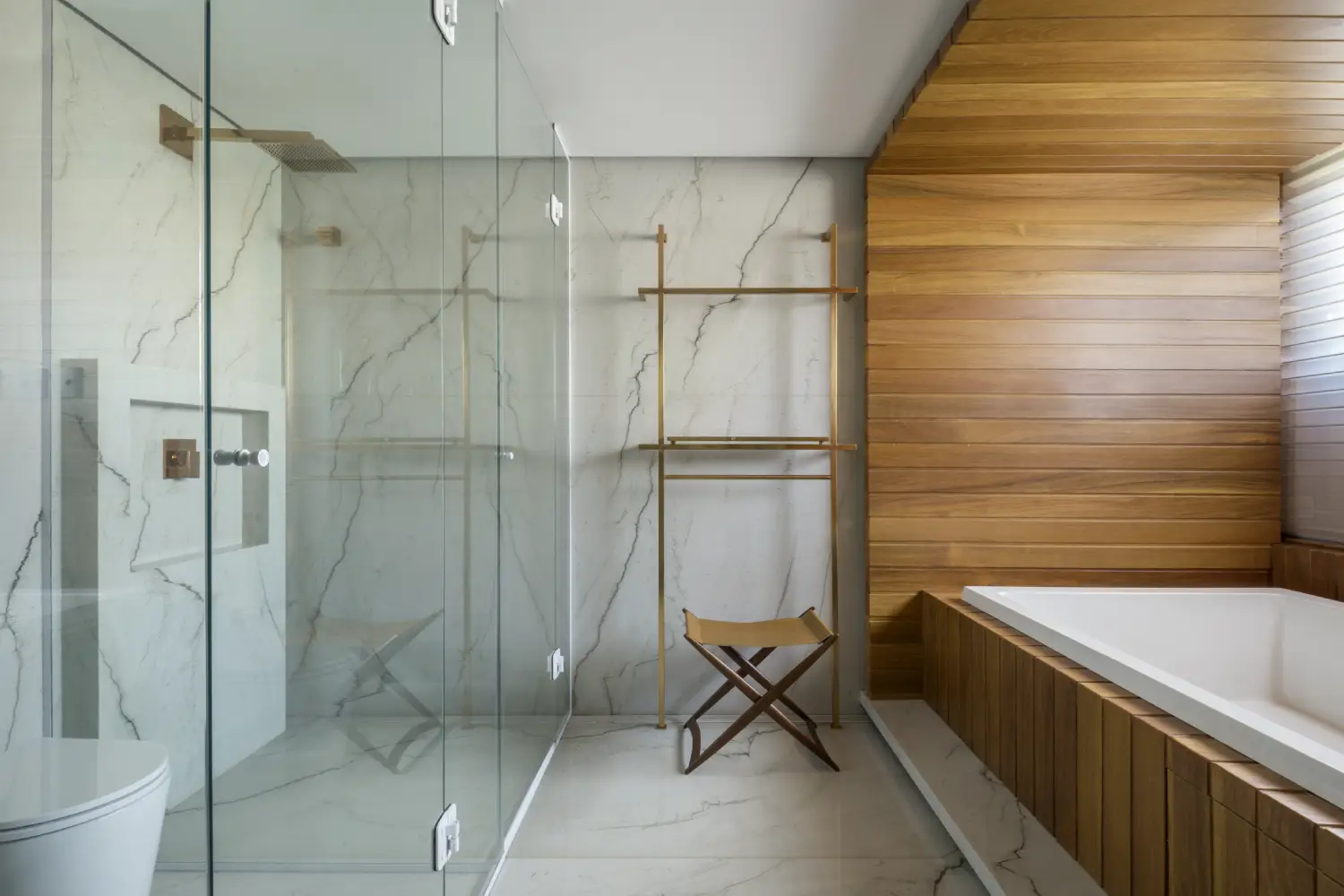
To test the application in your projects, you can simulate natural stone patterns in our environment simulator and choose the best aesthetic.
At Decolores, we have a selection of quartzites, such as Mont Blanc, which integrate natural beauty and modernity. In addition to elegance and durability, we strive for sustainable production, respecting the environment with advanced technologies.
Explore our catalog of Quartzites and transform your projects!
Related contents
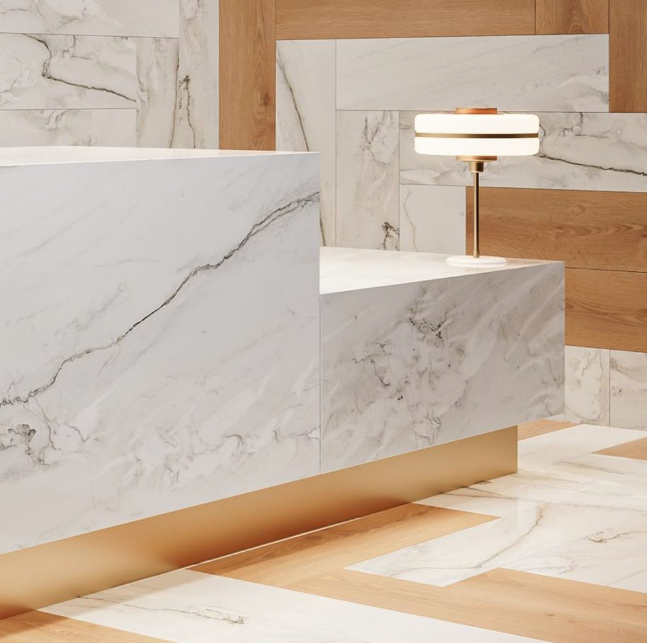
Trends in Natural Stone for 2023
We've gathered everything you need to know about trends in natural stones for 2023. Read More! What are the main trends in natural stones for 2023? Spoiler alert: they involve a wide range of colors, unique patterns, and the prominence of technology, for instance. But that's all we can reveal for now. To learn more about the topic, follow along here and check out the content crafted especially for you. Happy reading! The Importance of Ornamental Stones Ornamental stones are perfect for enhancing the ambiance. Granite, quartzite, marble, and sandstone, for example, set the tone for attractive, decorative, and truly diverse spaces. In this regard, these materials enable you to "uplift" many areas. From the pool to bedrooms, from bathrooms to the kitchen: with them, everything becomes incredible and unique! Trends in Natural Stones for 2023 In addition to natural elements with raw finishes, pieces rich in unique details and distinctive textures are also expected to remain popular. However, unique design and a focus on technology and sustainability are equally prominent today! Stay updated on the main trends in natural stones for 2023: Innovative Colors and Patterns Neutral and warm palettes stand out, each in its own way, with avant-garde patterns. When it comes to the former, softness is their trademark! Meanwhile, warm colors, including shades of orange and red, are expected to claim increasingly larger spaces in interior decoration, especially when combined with various geometric patterns. Distinct Textures and Finishes Sophistication is present in natural stones through textures and finishes that deviate from traditional options. Consequently, each material becomes unique, with various application possibilities in different settings. Sculpting, sandblasting, and polishing techniques make all the difference in creating distinctive surfaces. Exotic and Rare Materials Stones like sodalite, very rare and found exclusively in Brazil, also play a significant role in current trends. Its exuberant royal blue color brings sophistication and refinement to various spaces. Therefore, it can be incorporated into countertops, tables, sinks, and more. Sustainability and Natural Stones Preserving the environment is everyone's duty. The importance of sustainability is increasingly in focus, driving innovations that are essential in product creation. In the case of stones, the trend is towards increased production of long-lasting items that do not require frequent replacements and outlast traditional solutions. Innovative Applications In this topic, the spotlight is on various ways to apply natural stones, whether in interior or exterior designs. Stones in contact with water are expected to become an increasingly common feature moving forward. Moreover, these pieces can also be found in unexpected places, such as the wall behind the bed, for example. Integration with Technology Continuous improvement in processes facilitates synergy between natural stones and technology. In other words, innovation contributes to the development of unique solutions, delivered to clients with extensive customization possibilities. Cutting-edge resources have been crucial in making spaces even more modern, intelligent, and beautiful. Sustainable Projects It's impossible not to emphasize the topic of nature. Natural stones are being widely used in architectural projects, from small spaces to large buildings. As such, items like these have indeed made a unanimous contribution to the preservation of what matters most: the environment. Count on us and elevate your interior decor The best trends in natural stones for 2023 are here at Decolores. Since we started our operations in the year 2000, we have spared no effort in providing truly distinctive ornamental stones for our clients' projects. Explore options, get in touch with us, and discover everything we can do for you!
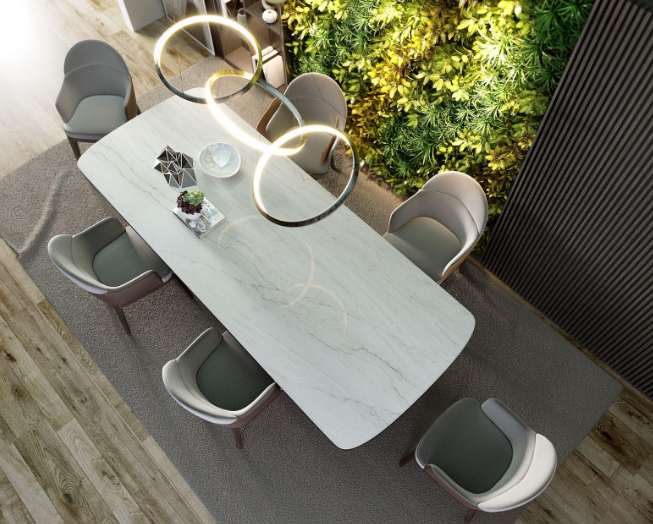
Natural Stones in high-end commercial projects
What factors should be considered when choosing natural stones for high-end commercial projects? Find out here! Providing excellent customer service and offering unparalleled experiences is essential in today's world. And principles like these involve the presence of natural stones in high-end commercial projects. That 's right! Materials are not only crucial for adding grandeur to establishments but also for ensuring unique decorations and singular experiences for the public. Shall we delve deeper into the topic? Here, you'll discover everything about natural stones: advantages, types, how to select them, and much more. Enjoy the reading! Natural stones in high-end commercial projects and their benefits High-end commercial projects offer ample opportunities to use natural stones in various ways. The application tends to go far beyond traditional work, making this material a common component in floor and wall coverings. In this regard, marbles, granites, and quartzites can be present in lavatories, SPAs, fireplaces, etc. Additionally, they add a sophisticated touch to countertops, workbenches, and tables, ranging from minimalism to the most extravagant designs available today. Their advantages are also numerous. Here are some of them: High durability; Wide range of applications; Great resistance; Ability to not retain heat and moisture. Distinctive features like these make the spaces unique, providing beautiful decorations and simplifying everyday cleaning processes, for example. Types of natural stones and tips for choosing them Having the best natural stones in high-end commercial projects is entirely possible, from various types of establishments, from facades to interior spaces. To help you make the right choice, we've prepared some tips: Opt for patterns that harmonize with the other decorative elements of the project. A good decoration brings a balance between natural stones and other decorative resources in the environment, aiming for a pleasing harmony to the senses. From the classic patterns of marble types to the vibrant and modern ones of quartzites, the combination will look amazing when blended with the other elements of the project. Pay attention to the types of natural stones and their recommended applications: Knowing the types of stones and their recommended applications is an essential point for you to determine which product will be chosen. Check out the main recommendations for each type below: Quartzite: extremely resistant, quartzite can be used in a variety of environments, both indoors as flooring, countertops, and panels, or outdoors like pools, facades, and outdoor fireplace cladding. They come in a wide range of colors, patterns, and textures, adding refinement and originality to projects; Granite: with scratch resistance and easy installation, granite is a type of stone that also has a wide range of applications, whether for outdoor or indoor areas, ensuring beauty to projects; Marble: from classic patterns, marble elegantly complements indoor spaces, being suitable for applications like floors, walls, and furniture, as well as exterior fireplace cladding and tabletops; Travertine: known for being a timeless and versatile stone, travertine can be used in indoor spaces like panels and floors, or in outdoor areas such as facades and pool edges. With a velvety texture and neutral colors, it provides versatility and elegance to the project. Take into consideration the texture you wish to use. In addition to the broad patterns and veins that natural rocks possess, there is the possibility of varying the applied textures, bringing a fresh perspective to the product. Among the various possible finishes, we mention polished, which imparts a shiny and mirrored aspect to the material; brushed, characterized by a velvety and satin-like texture; honed, ensuring a matte and smooth appearance; flamed, providing a more rustic, raw finish to the stone. Stay informed about cleaning and maintenance tips for the material. Besides ensuring the best standard and texture of your material, remember that it is essential to know how to protect your natural stone. Avoid using abrasive or chemically aggressive cleaning products and always prefer detergents with a neutral pH. More information on the protection, application, and maintenance of these products can be found in our Natural Stone Guide. To recap: Natural stones offer numerous benefits, including unmatched durability and resistance. There are various types available today, including marble, granite, and quartzite. In high-end commercial projects, they can be used in a variety of ways, well beyond what is considered common applications. Choosing quality products is one of the key factors in enhancing architectural work like no other! Want to know how we can help you? Click here, explore our solutions, and discover what we at Decolores have to off.
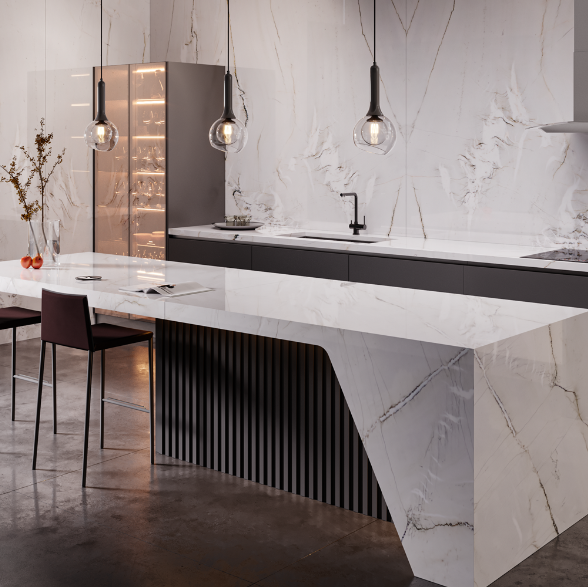
Discover how to combine resistance and sophistication in your projects with quartzite
Check out some tips for creating stunning projects using quartzite. Read here. Do you want to use natural rocks in your projects but don't know exactly how to create harmonious compositions that enhance your spaces even more? Keep reading and discover the various possibilities that quartzite can offer according to your goals. What is quartzite? Quartzite is a type of natural rock found in several Brazilian states. Formed from highly resistant sedimentary rocks, it is composed of 75% quartz and 25% other elements such as tourmaline, muscovite, biotite, among others. With unique patterns, it has a uniform and clean base, making it perfect for creating modern projects where minimalist aesthetics are the focal point. What are the advantages of quartzite? Here are the main benefits of using quartzite in your projects: Resistance: Due to its low absorption and high quartz content, which provides high hardness, quartzite has a wide range of applications. Finishes: Being a natural rock, quartzite can receive various finishes on its surface, such as polished, honed, brushed, flamed, or raw. Varied colors and prominent veins: Quartzite can be found in a wide variety of colors, with distinctive and original veins and tones. Easy to clean: Only water and mild soap are needed to clean this rock. As it doesn't absorb liquids, immediate cleaning is not necessary. How to use quartzite in projects? This natural rock can be applied in different areas of the house. Here are some great examples of applications that look amazing: In bathrooms, it can be used on the sink countertop or as a wall covering in the shower area. In kitchens, the classic use is as a countertop and supporting counter, also serving as a product for kitchen islands. In living rooms and bedrooms, it stands out as a wall covering, especially on focal walls within the space, such as behind the bed or TV wall. In outdoor areas, such as flooring, it is recommended to apply a special treatment to the surface of the rock to prevent it from becoming slippery. Get to know Decolores quartzites Click here and check out the options for natural rocks to create charming projects.
